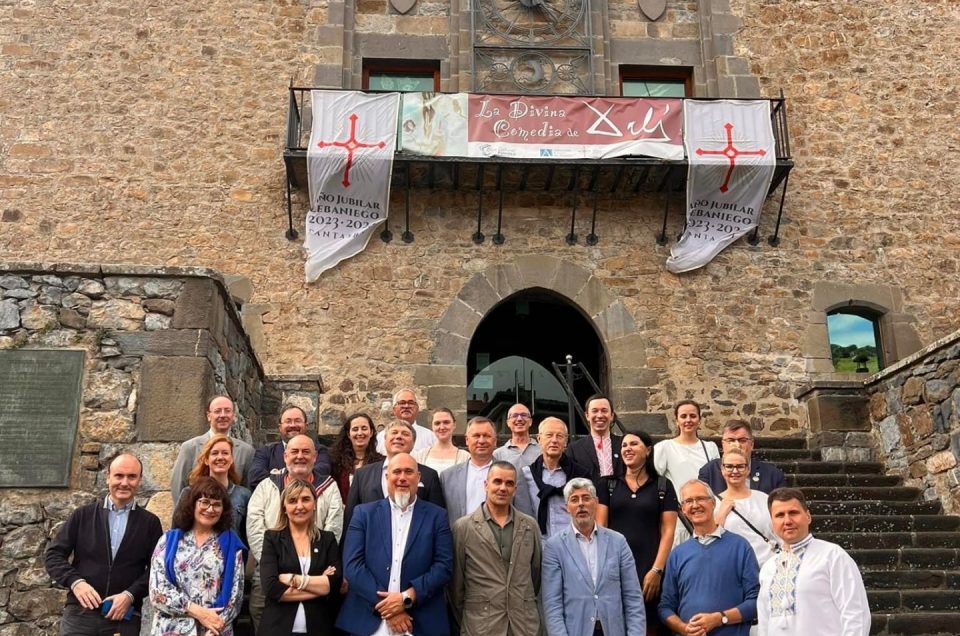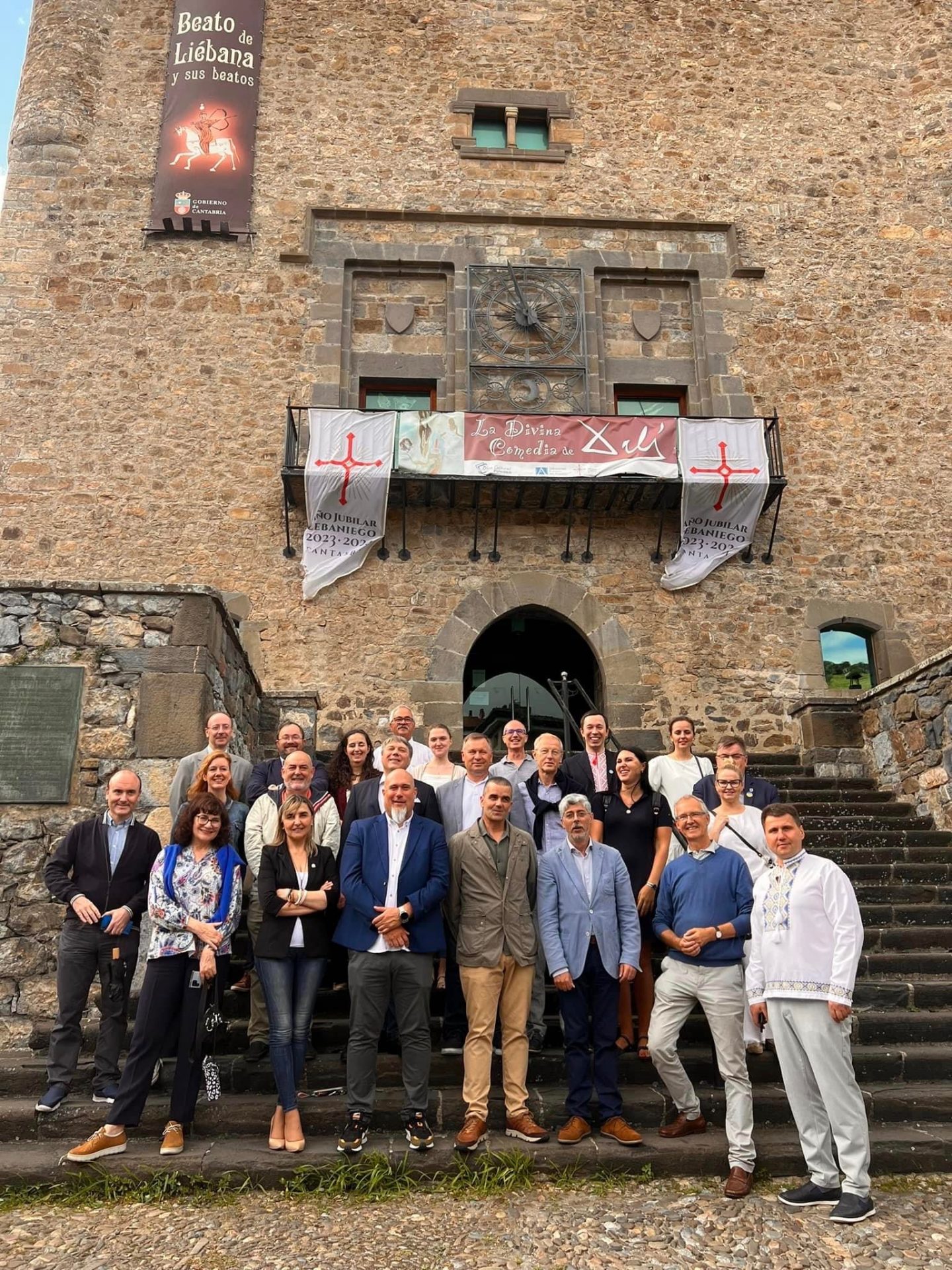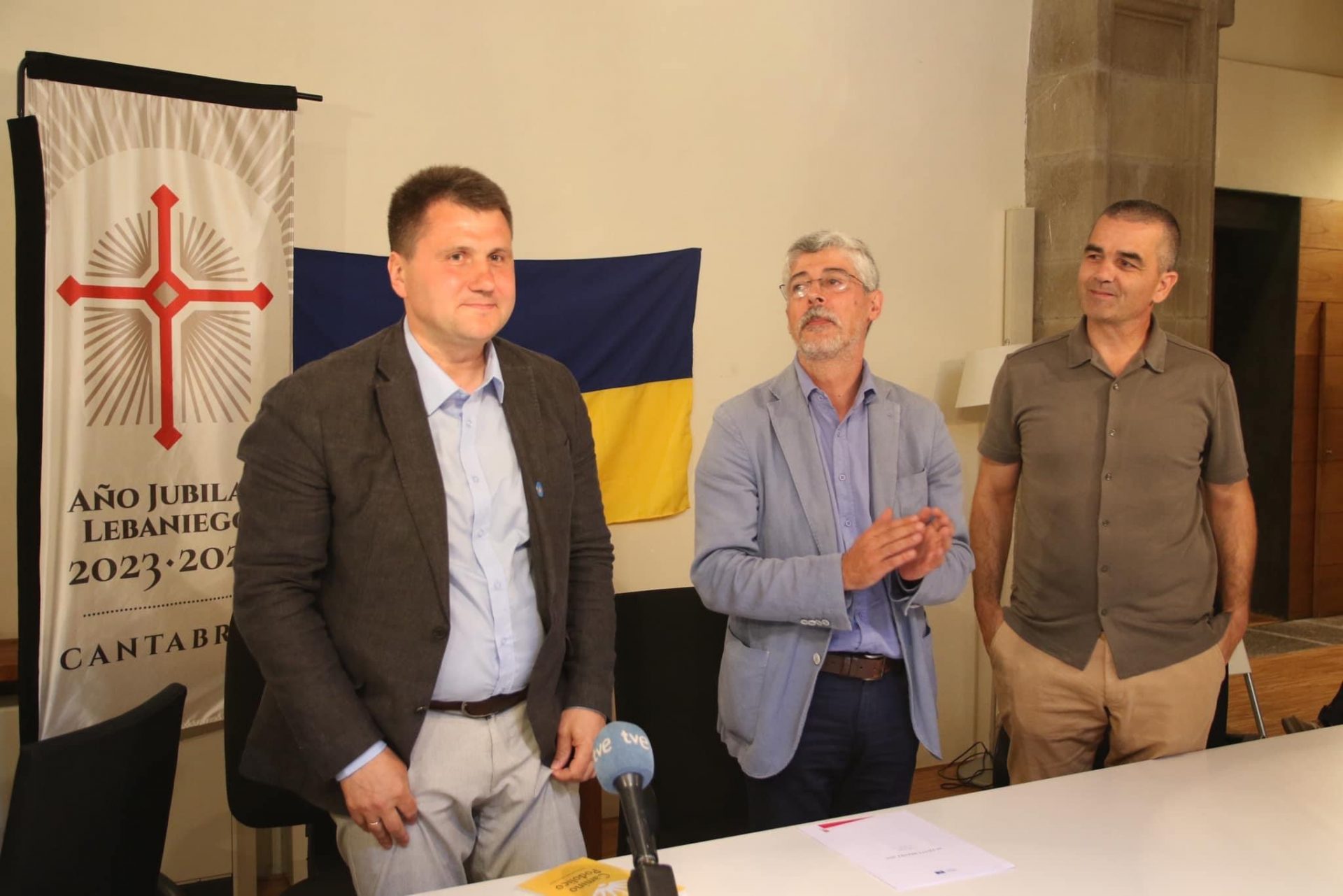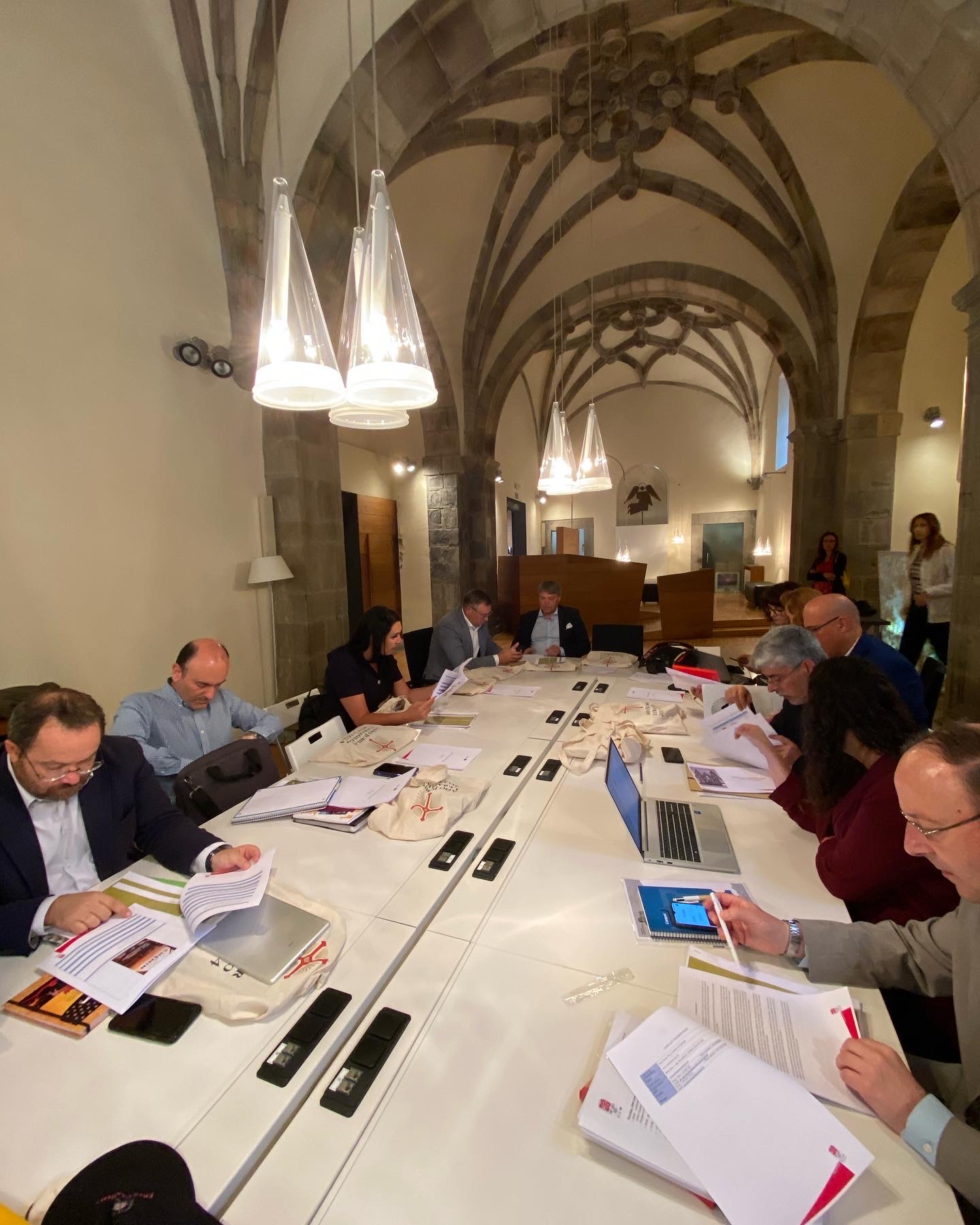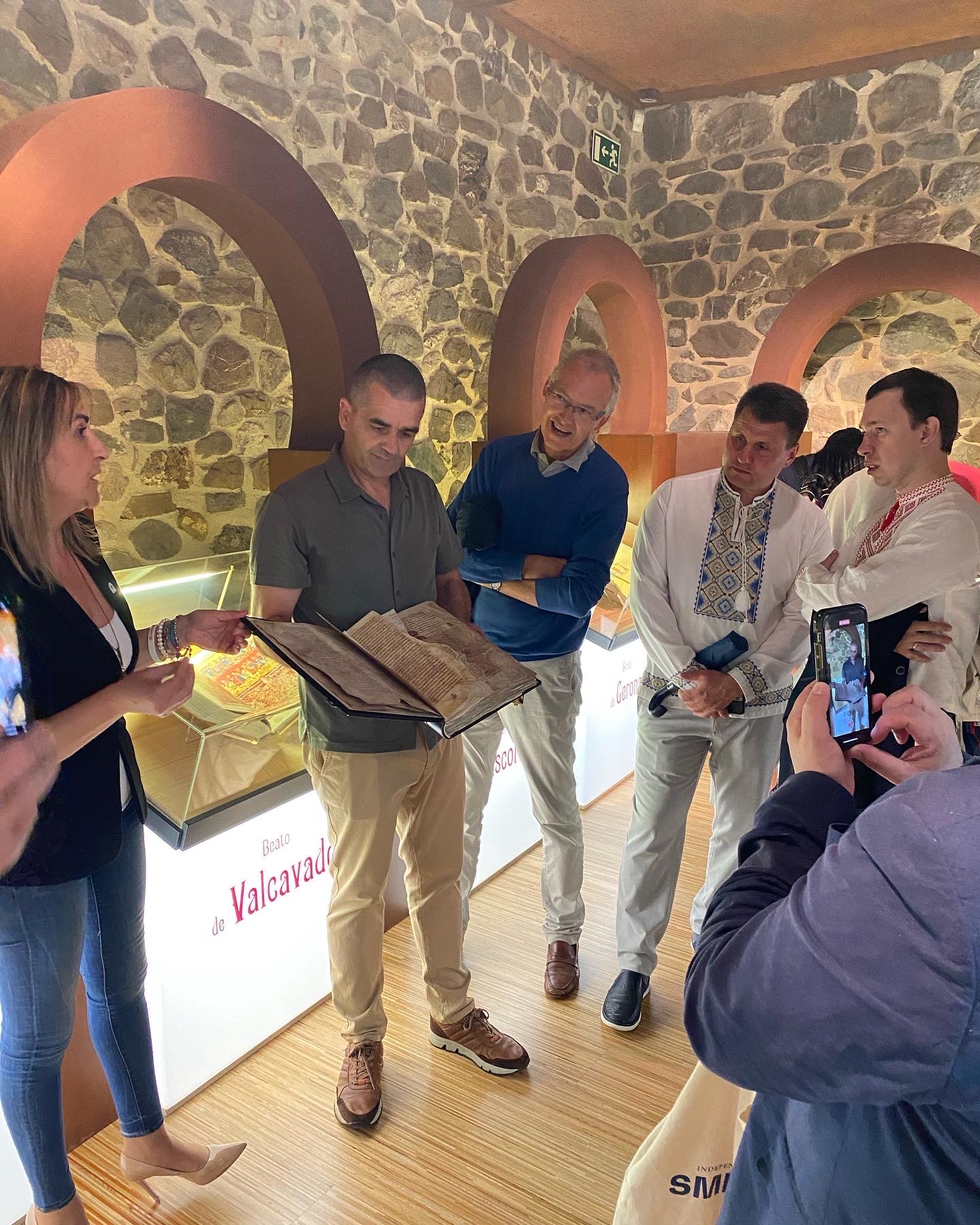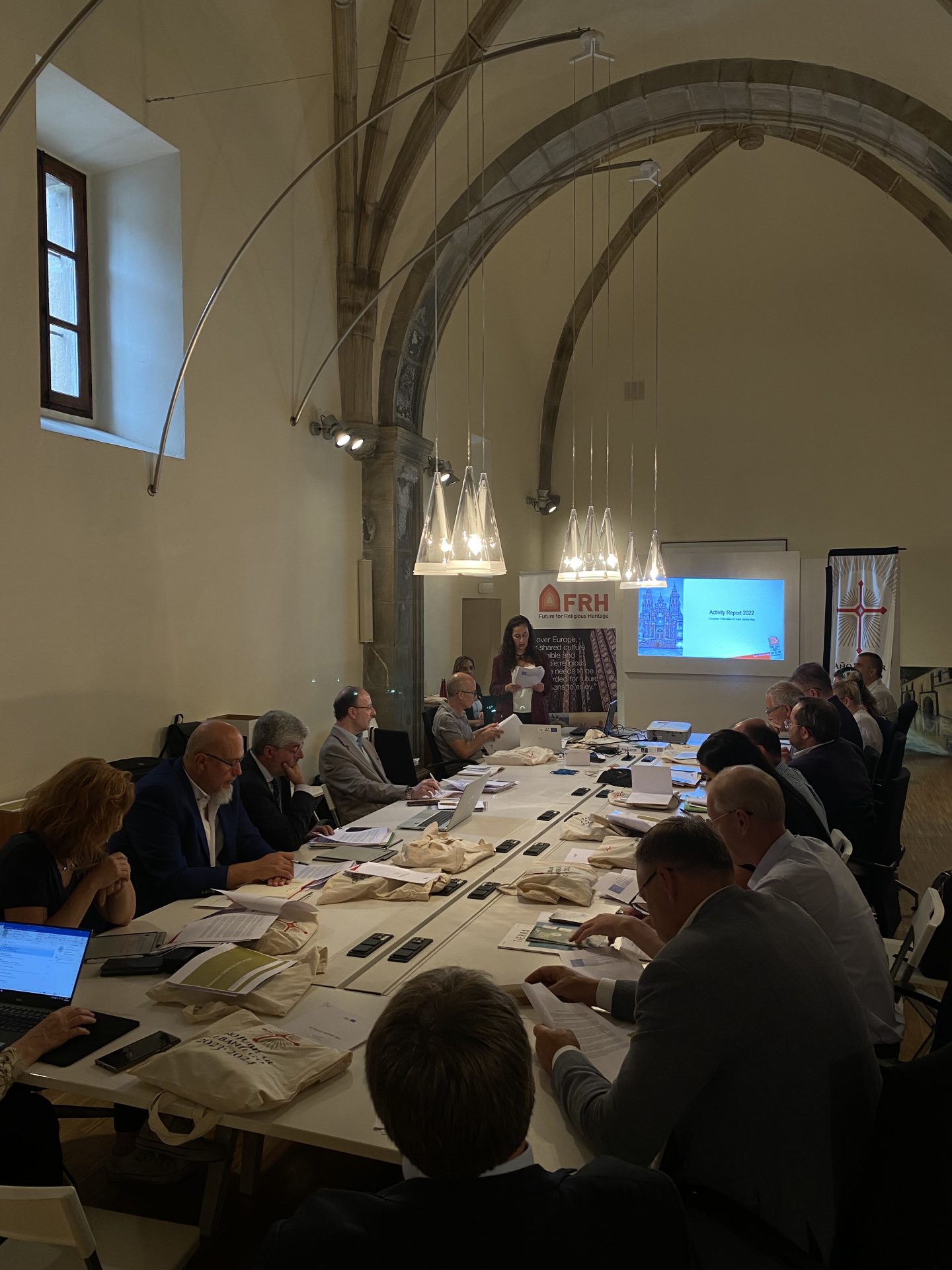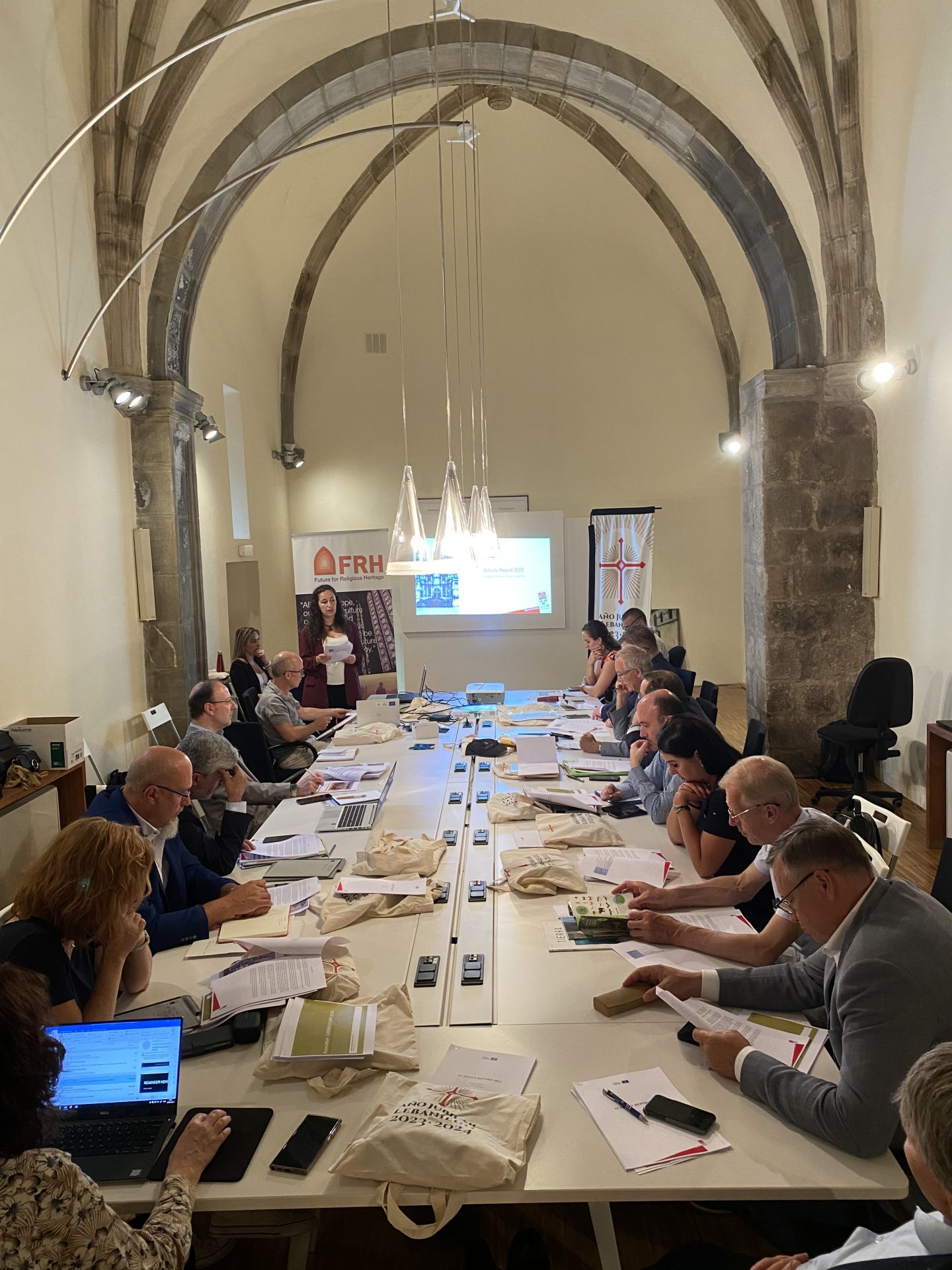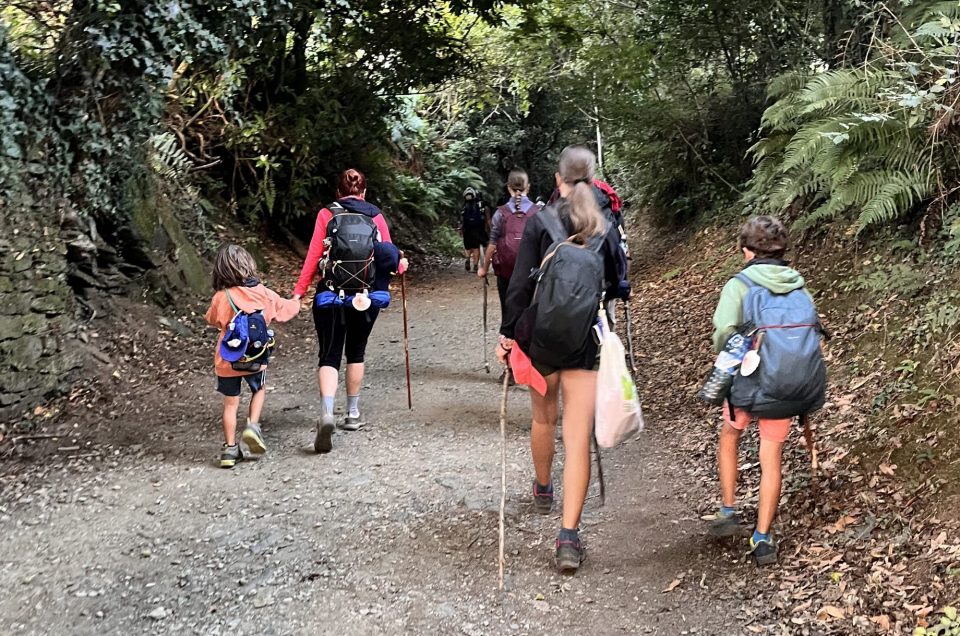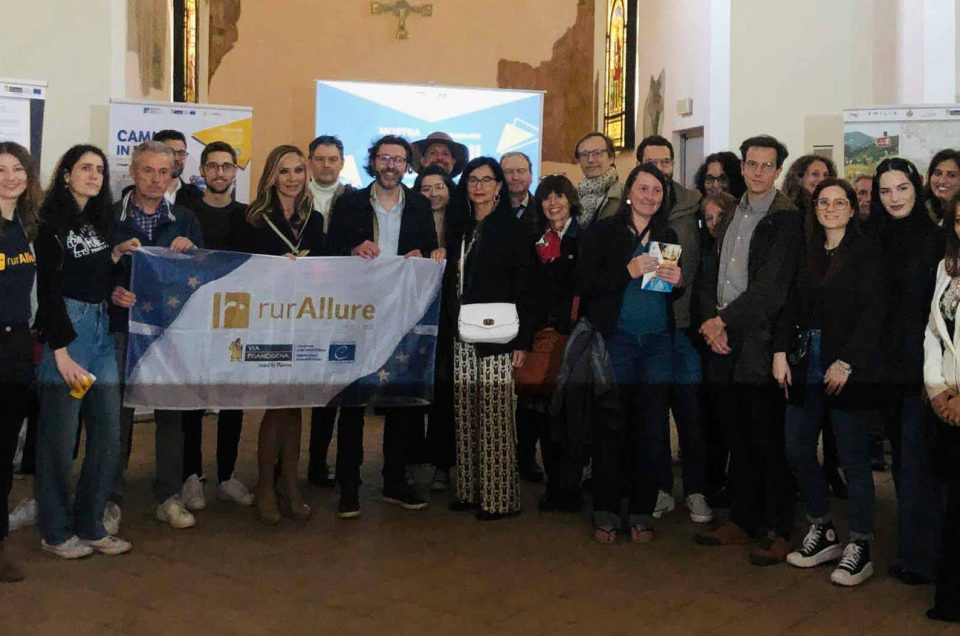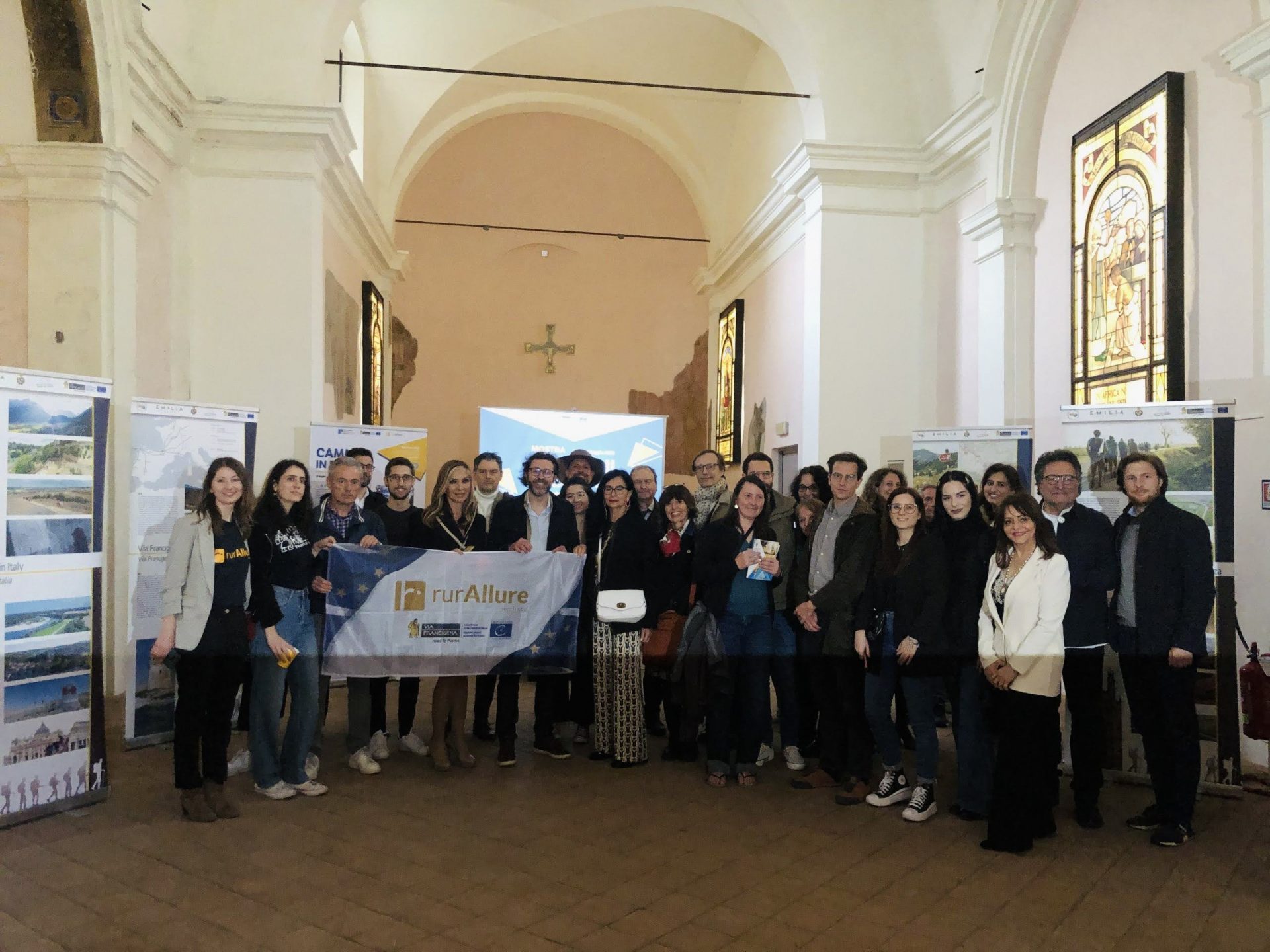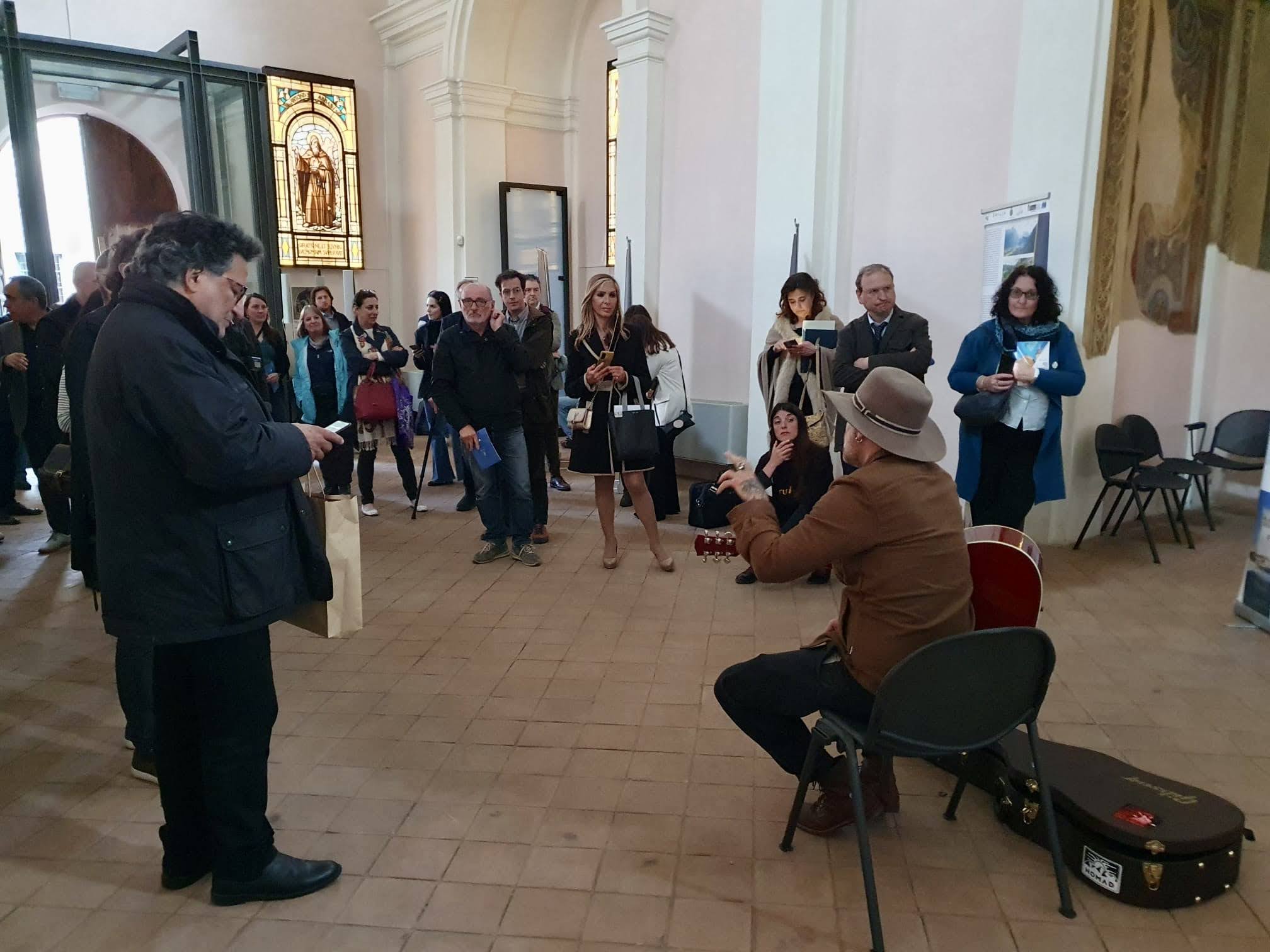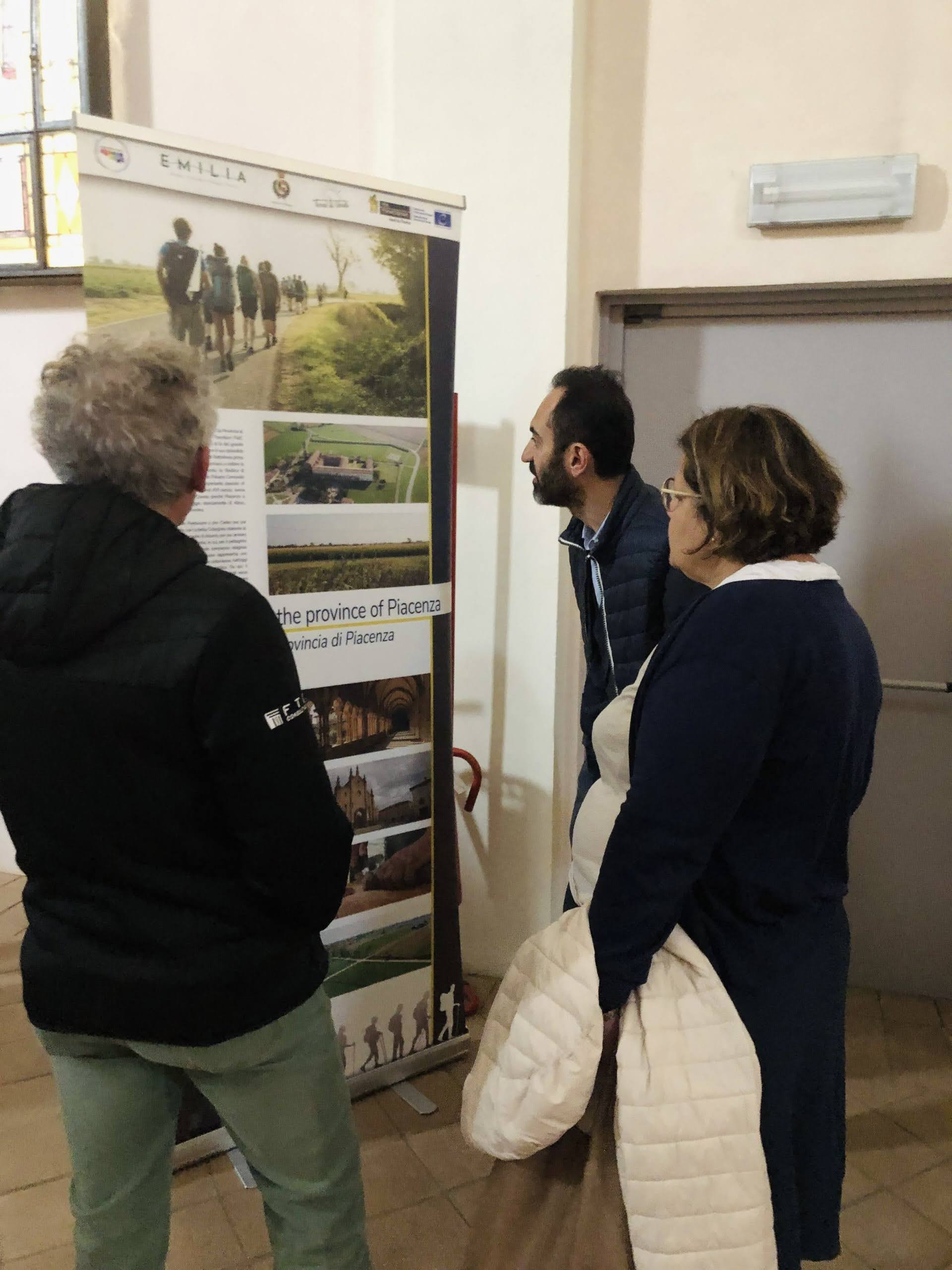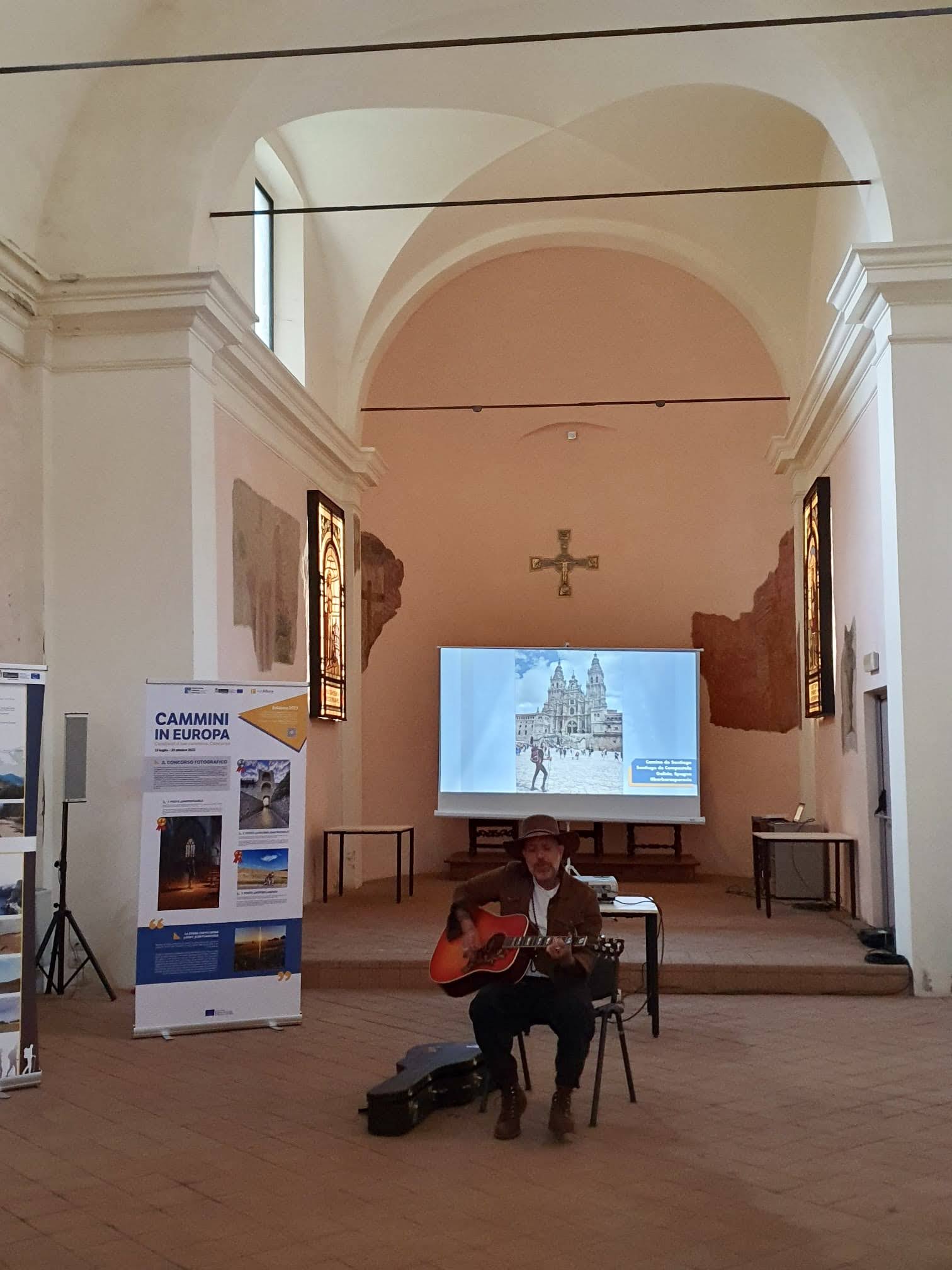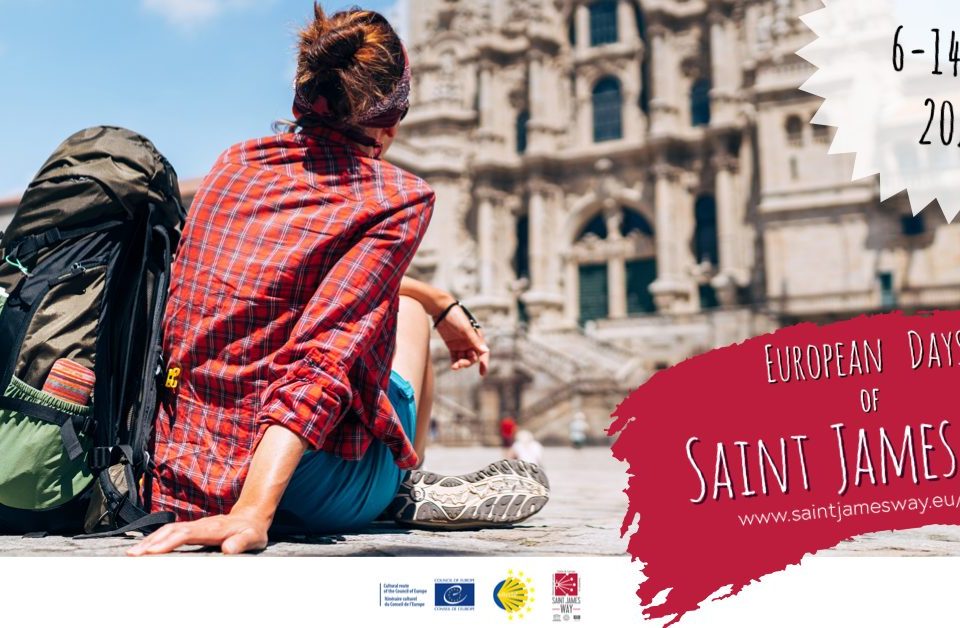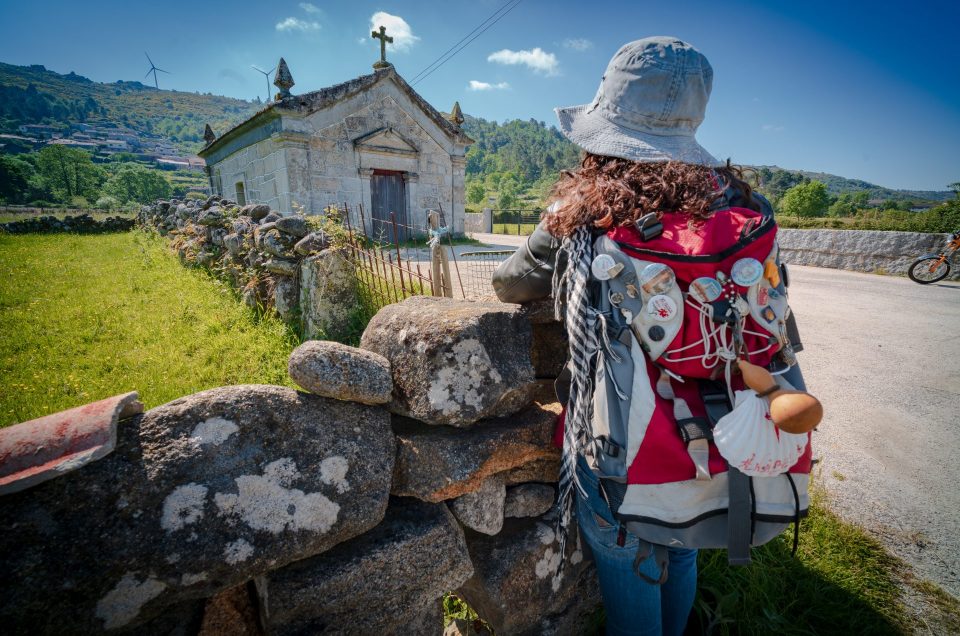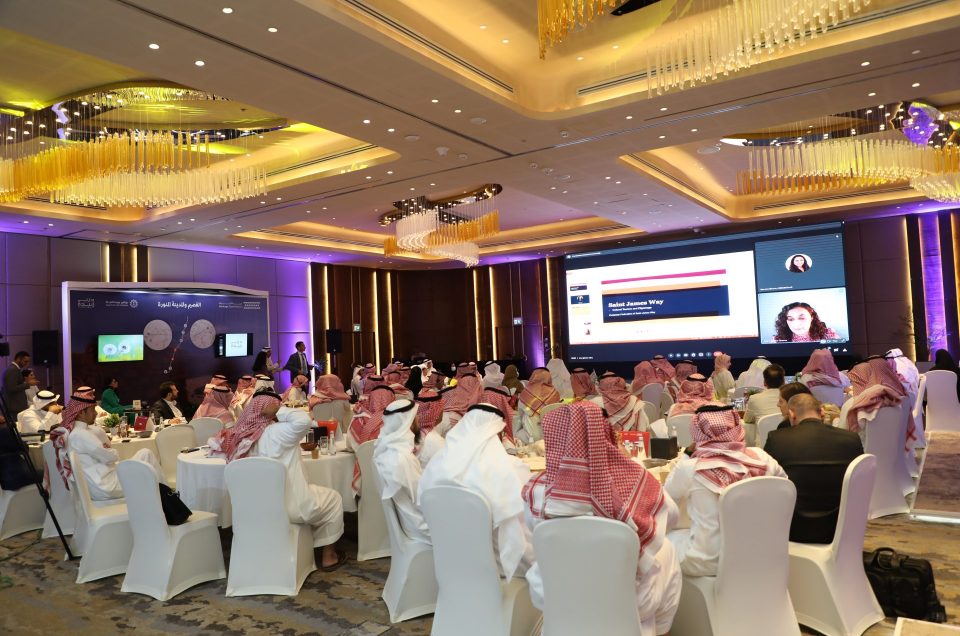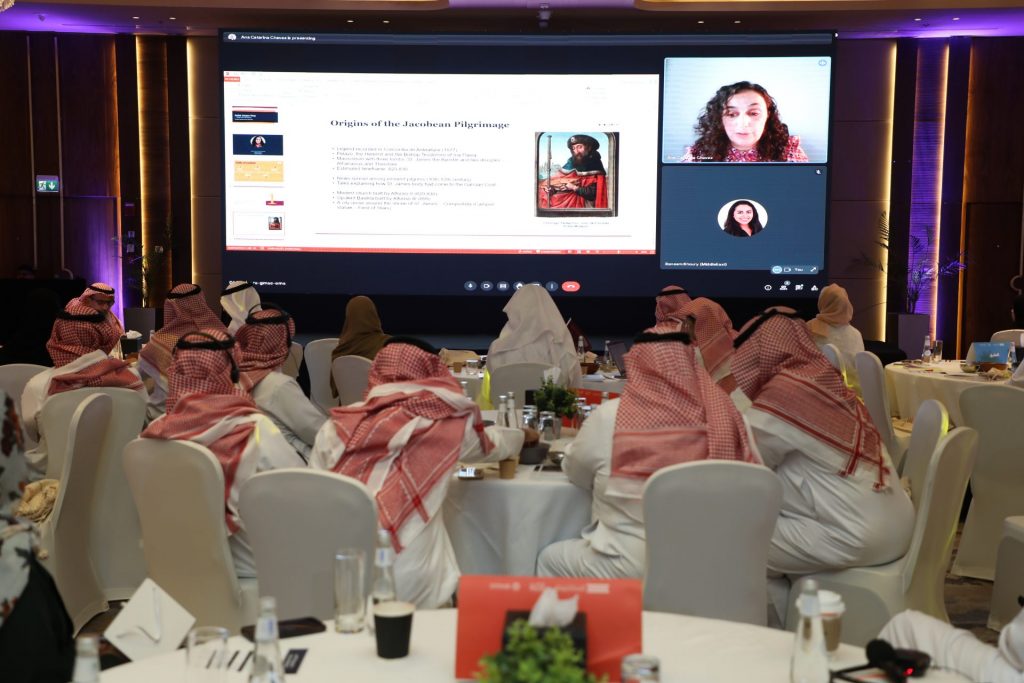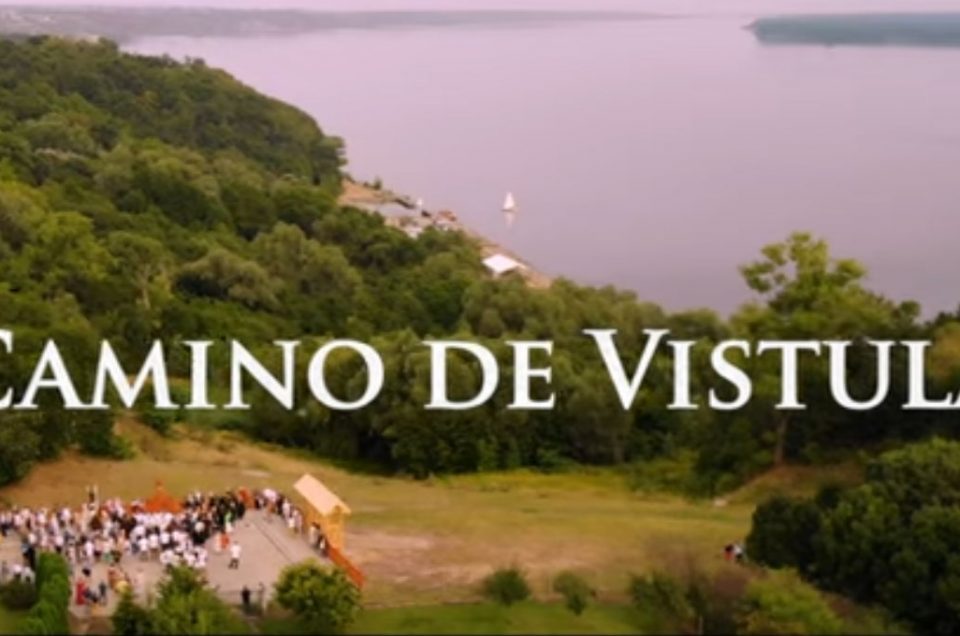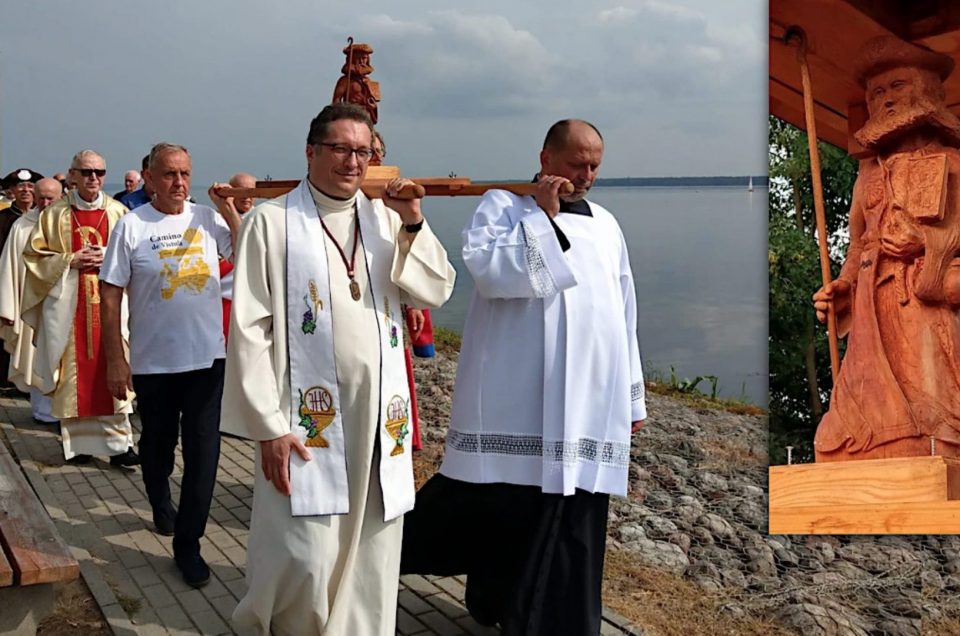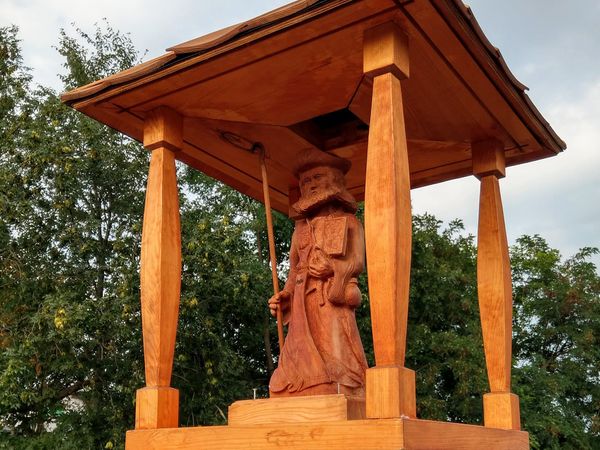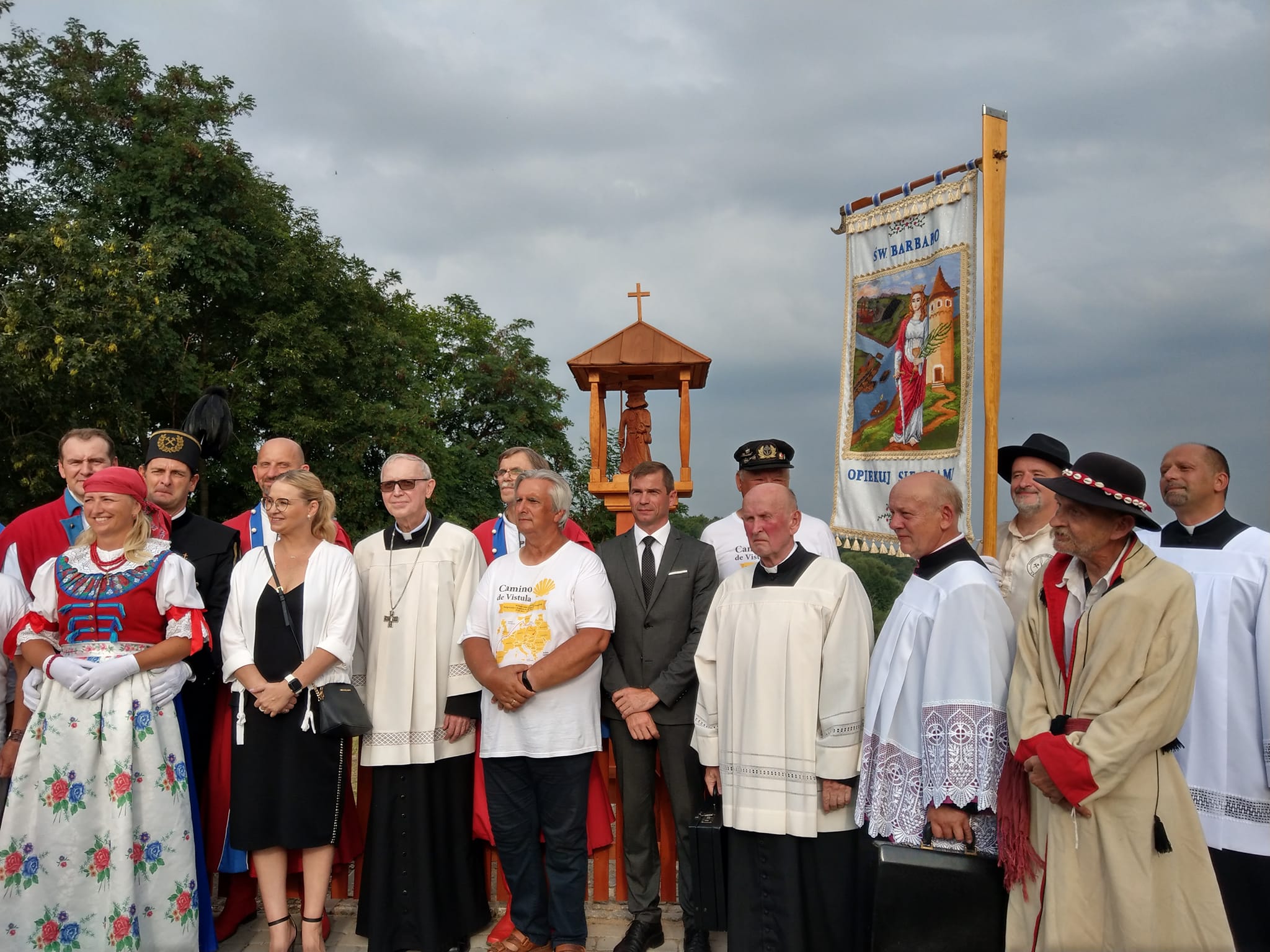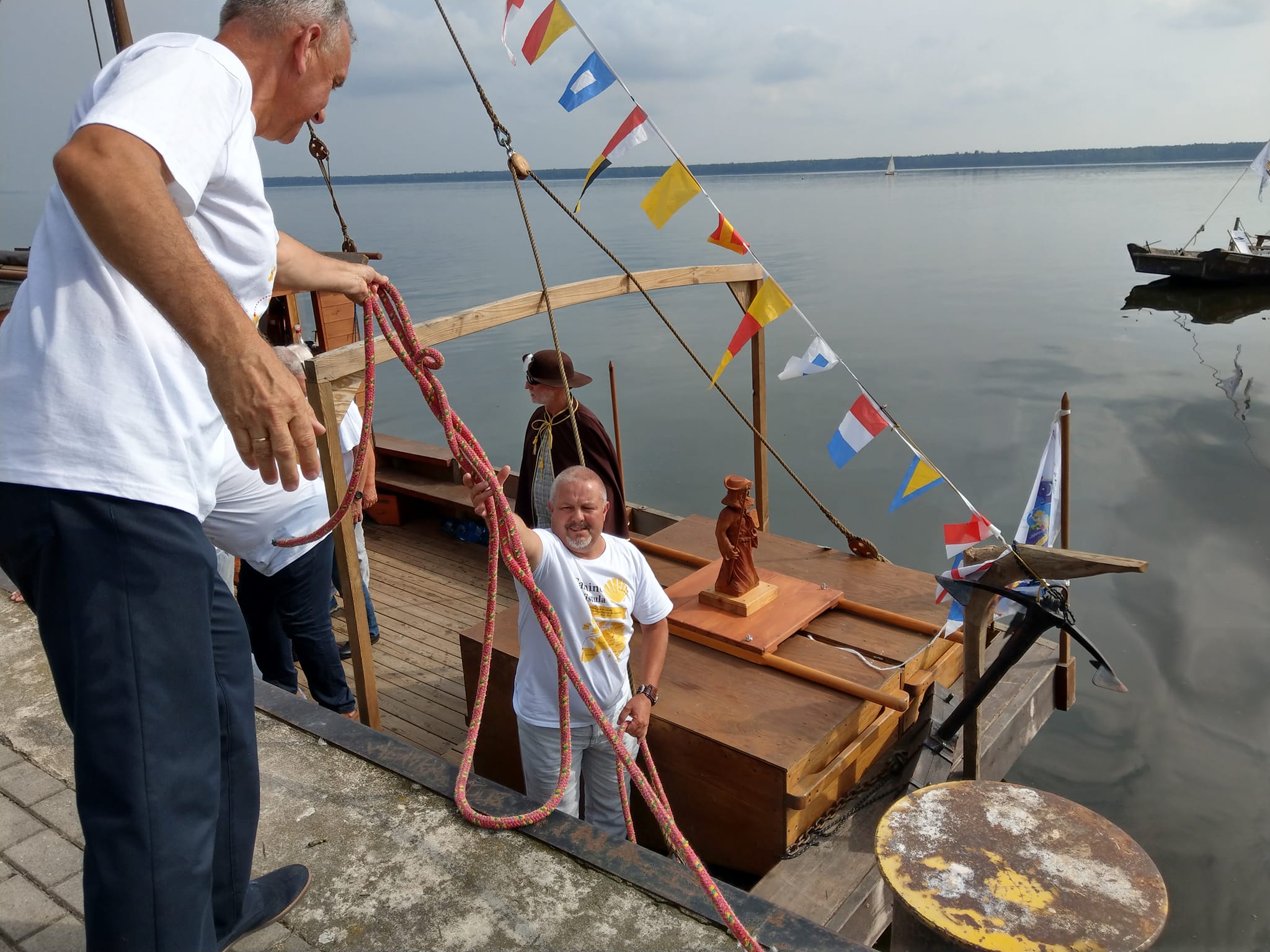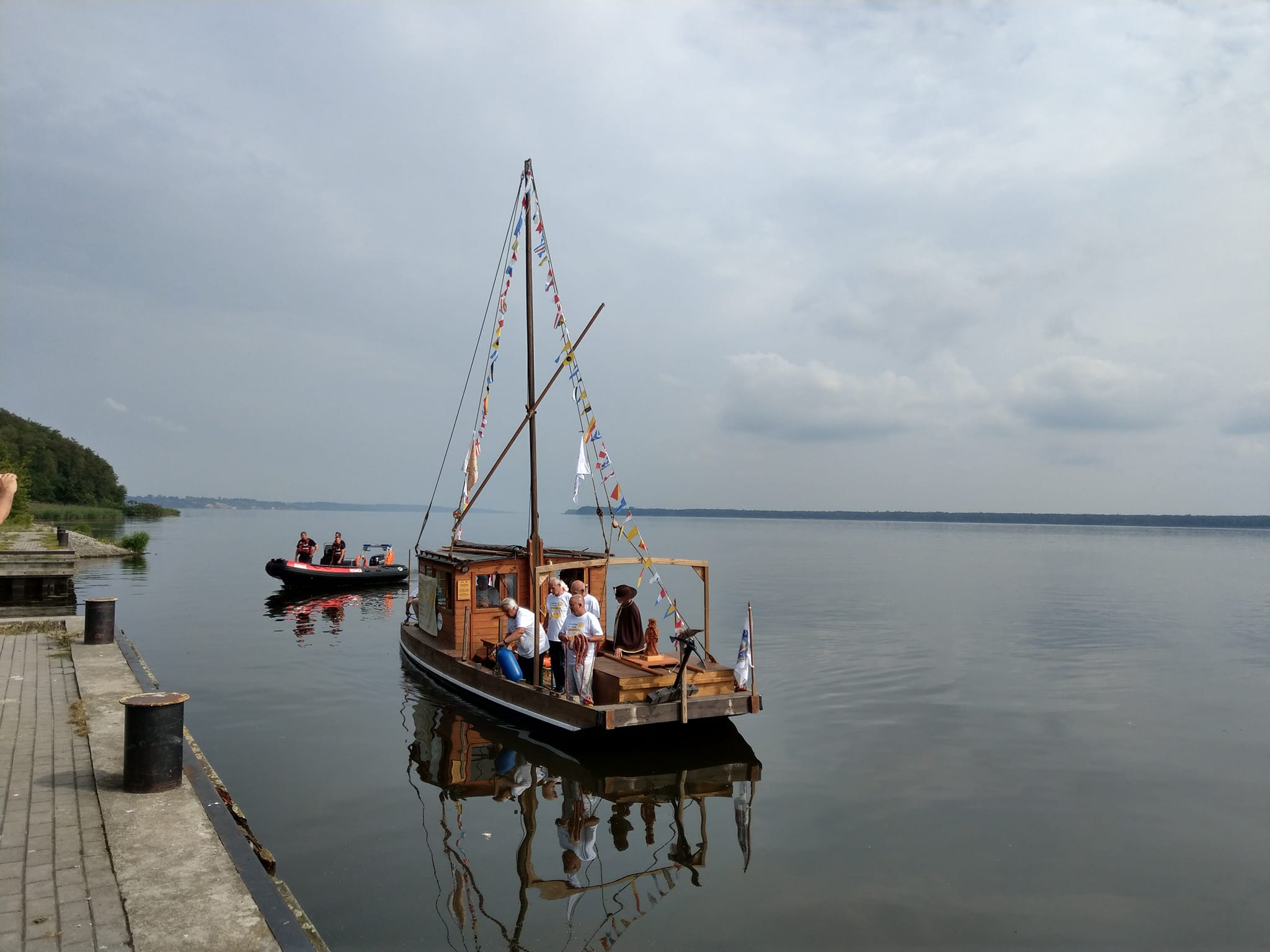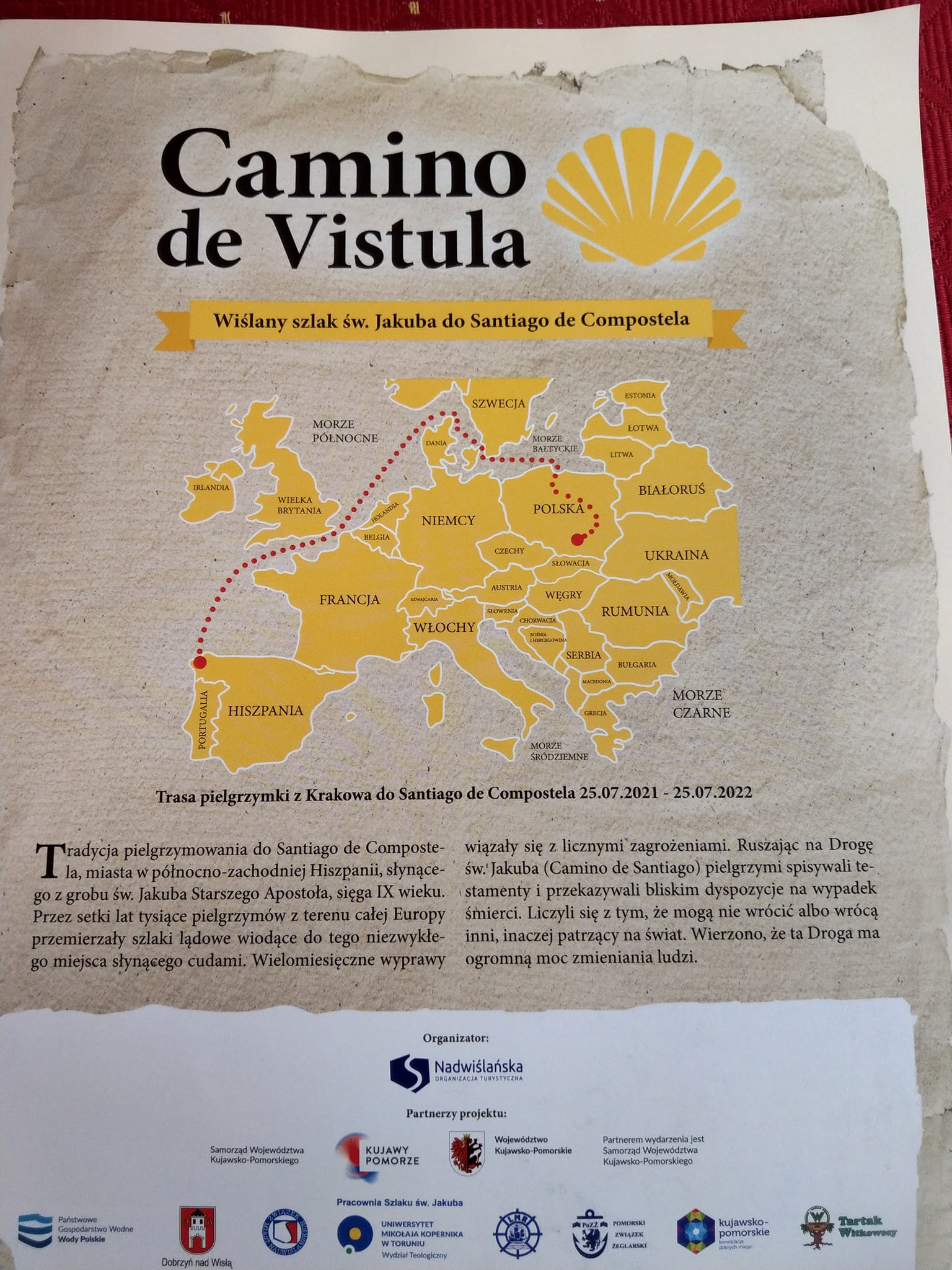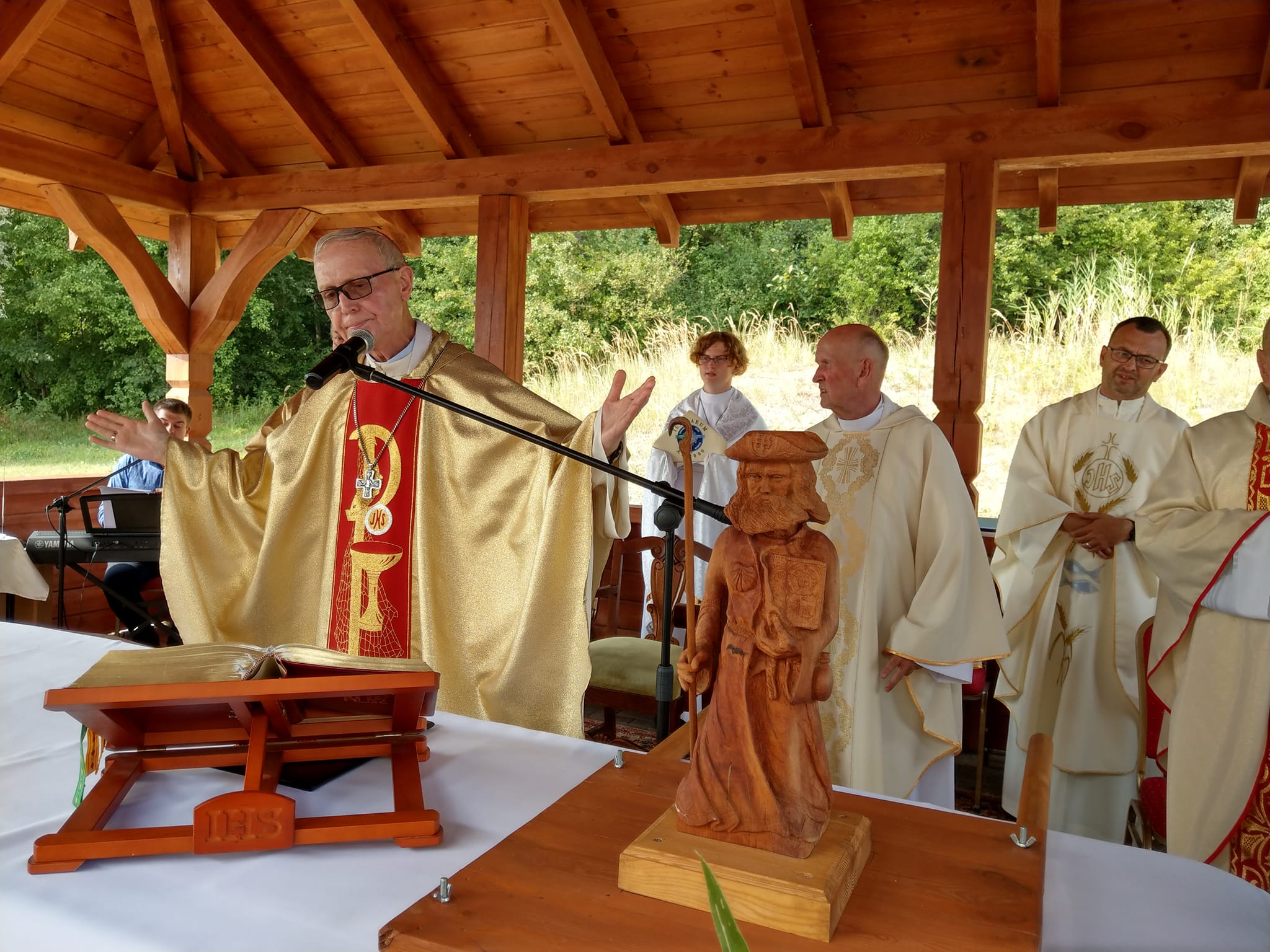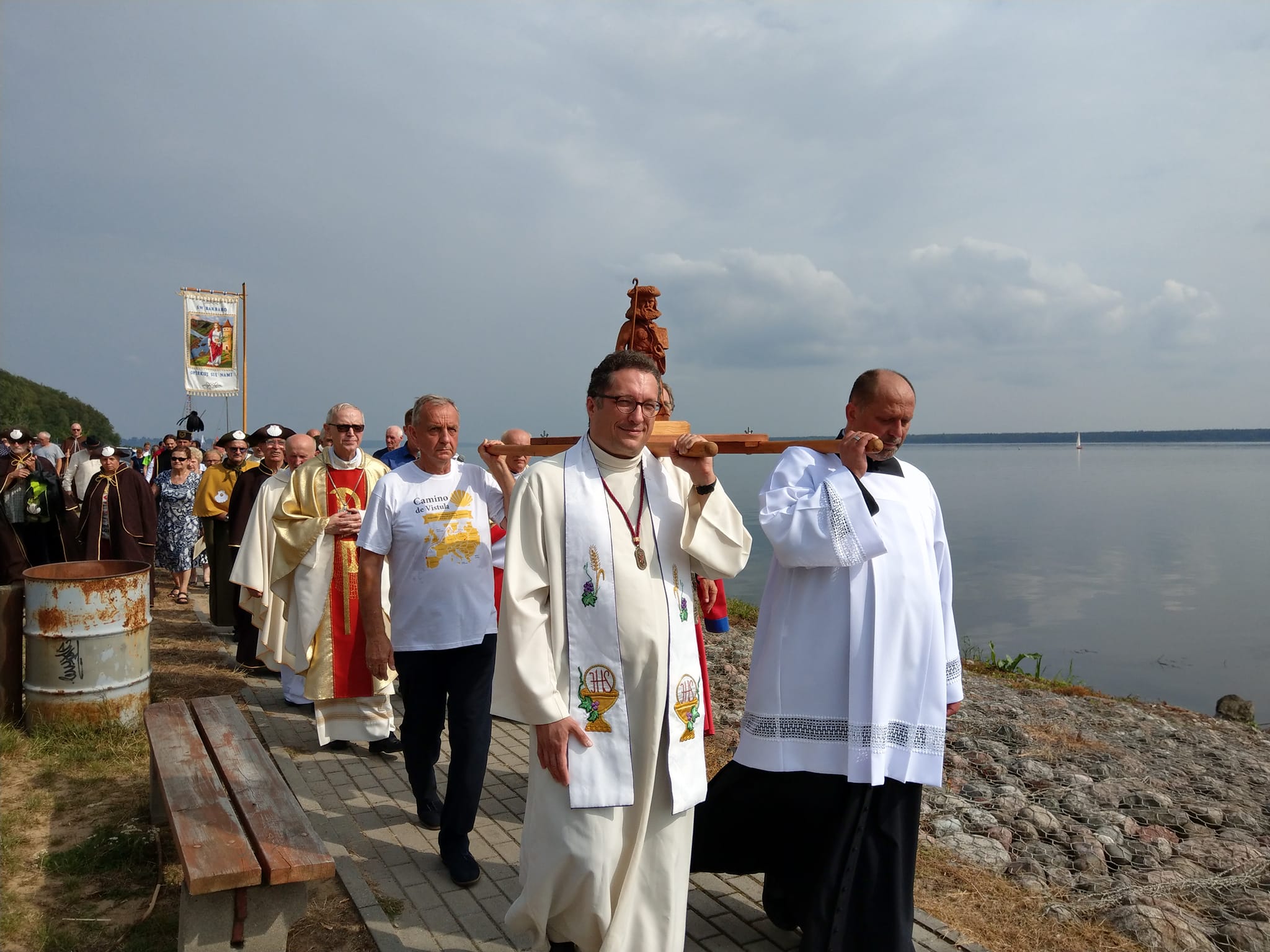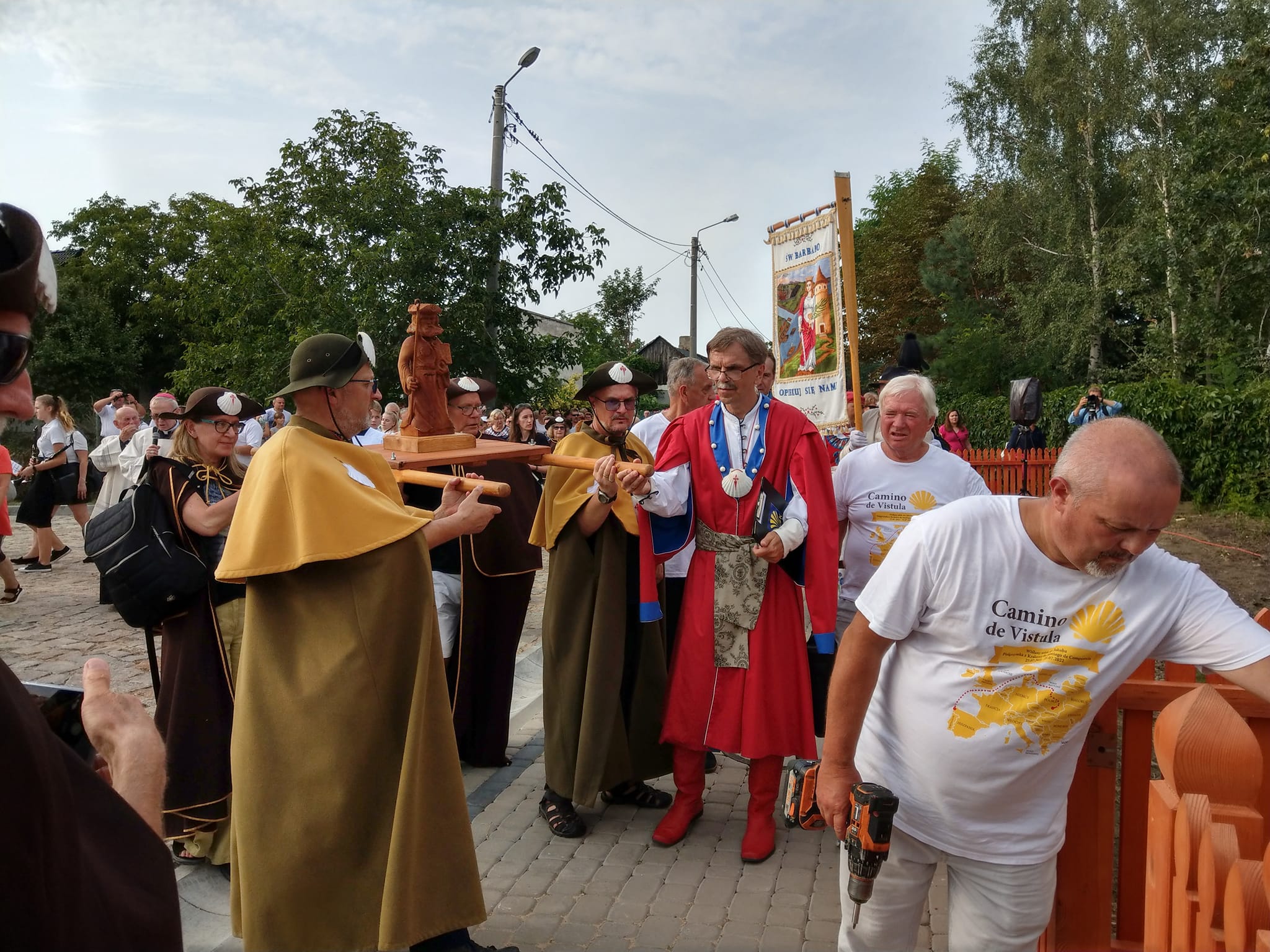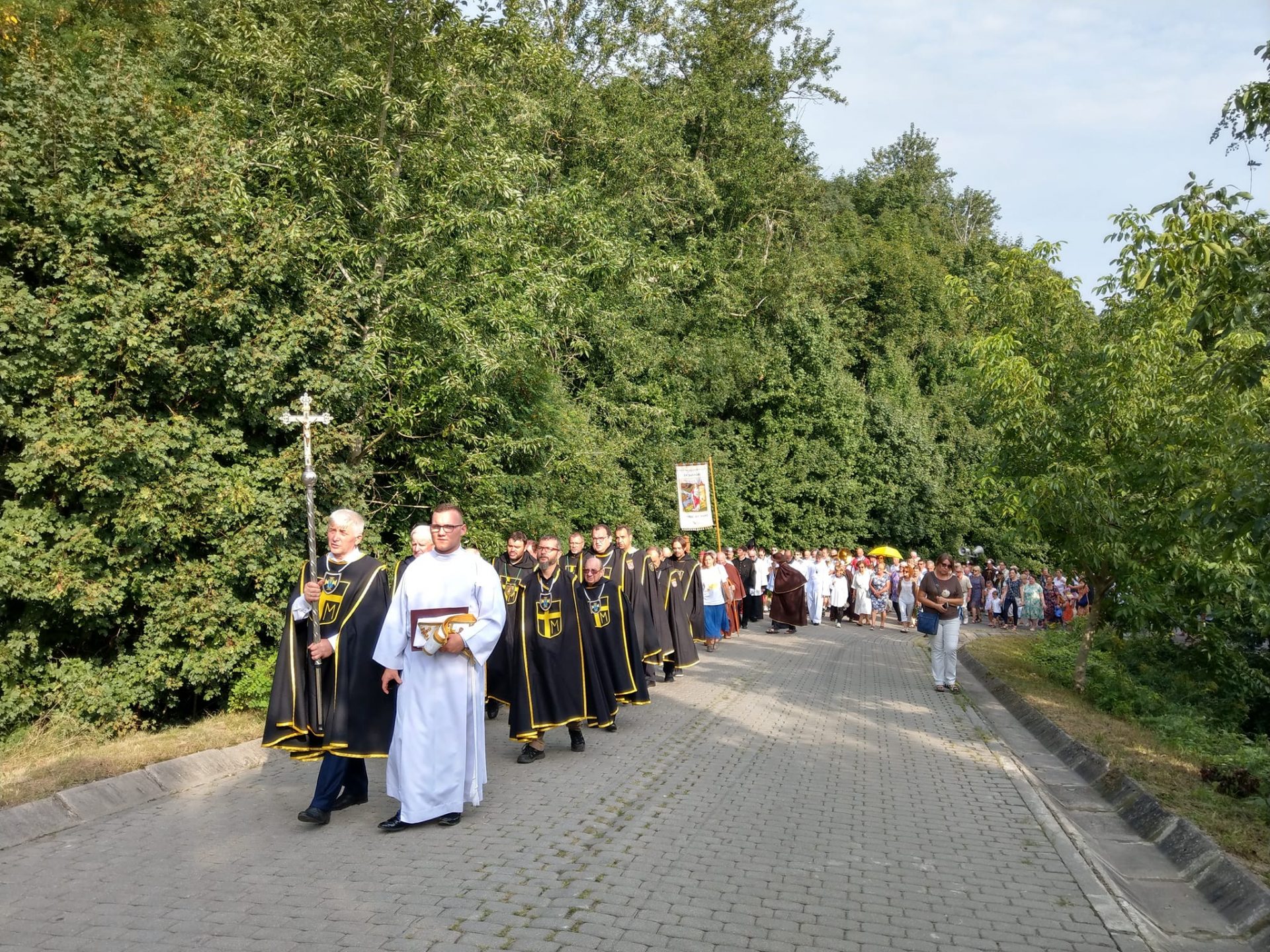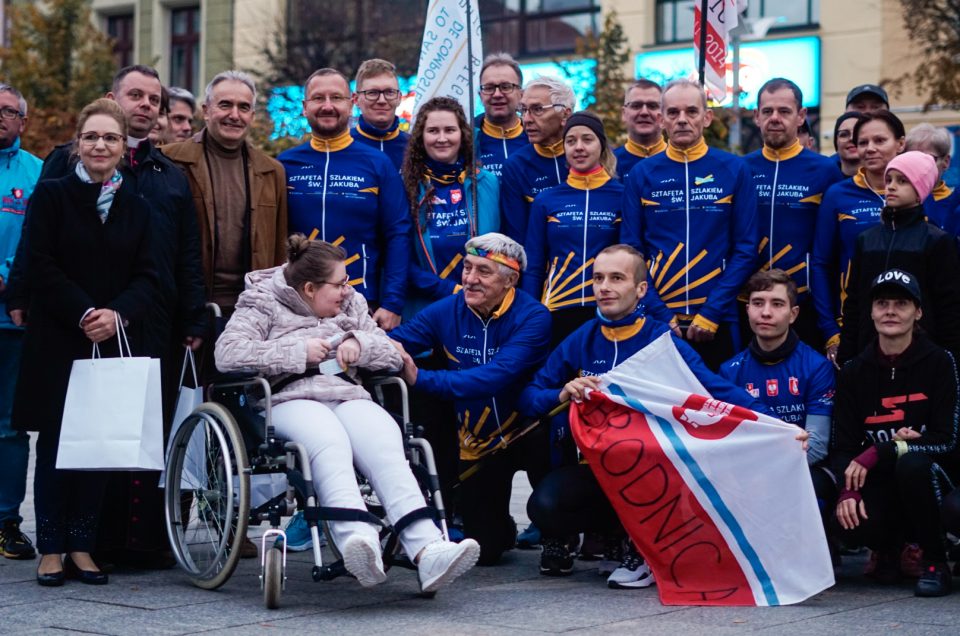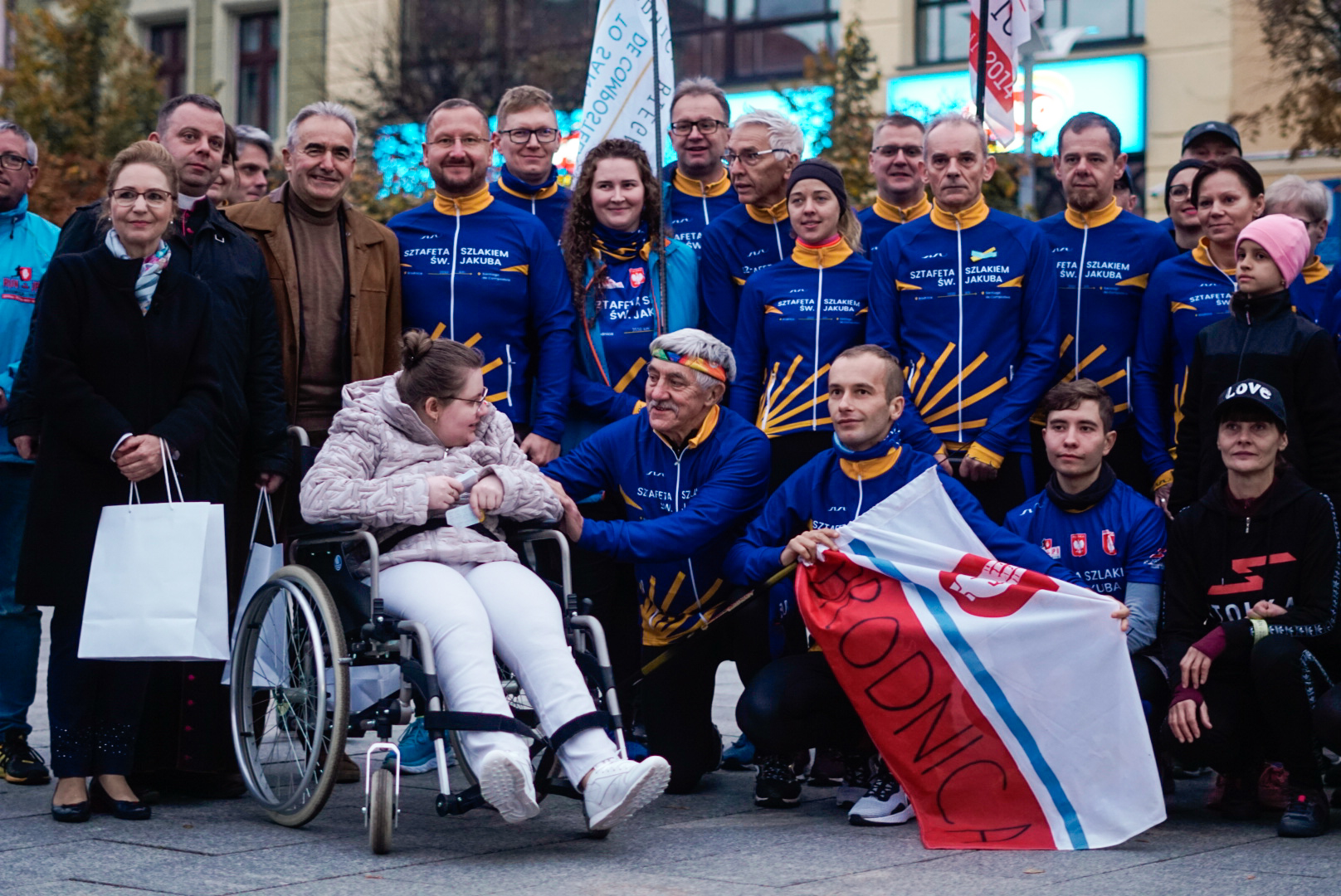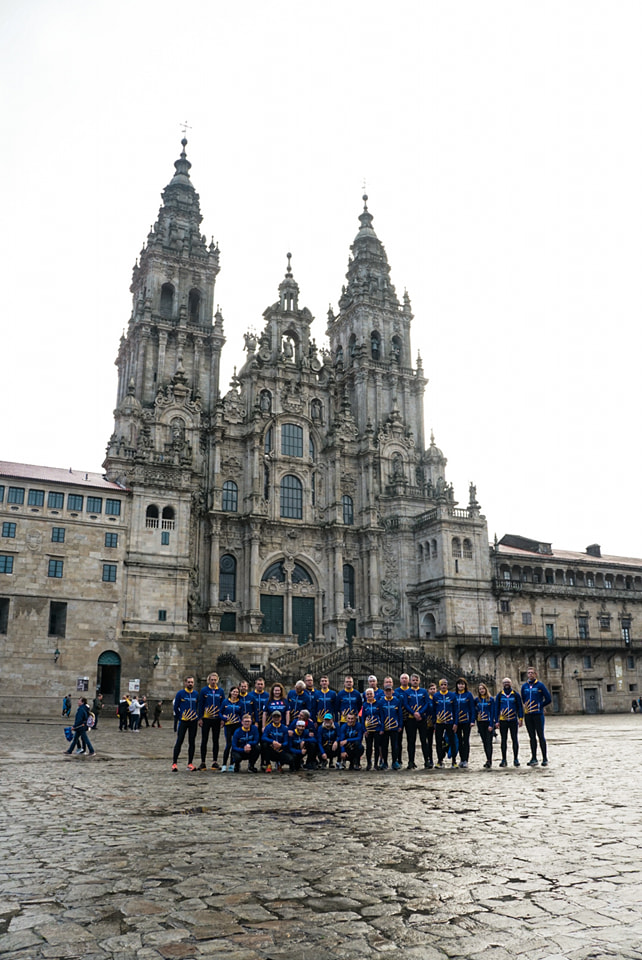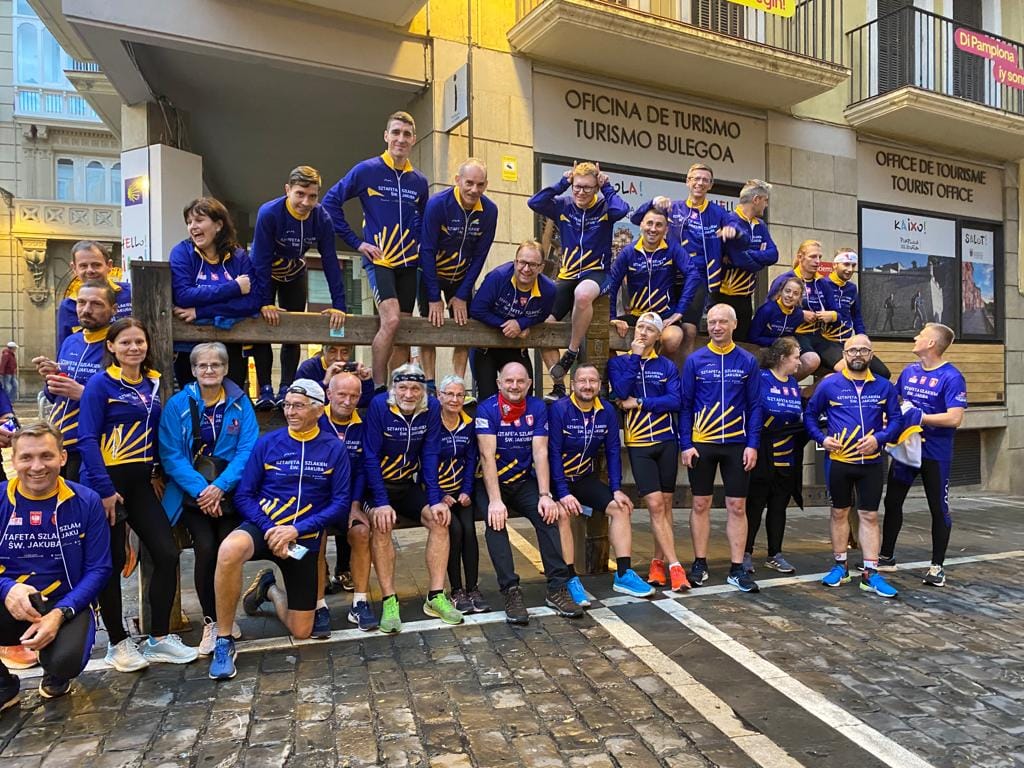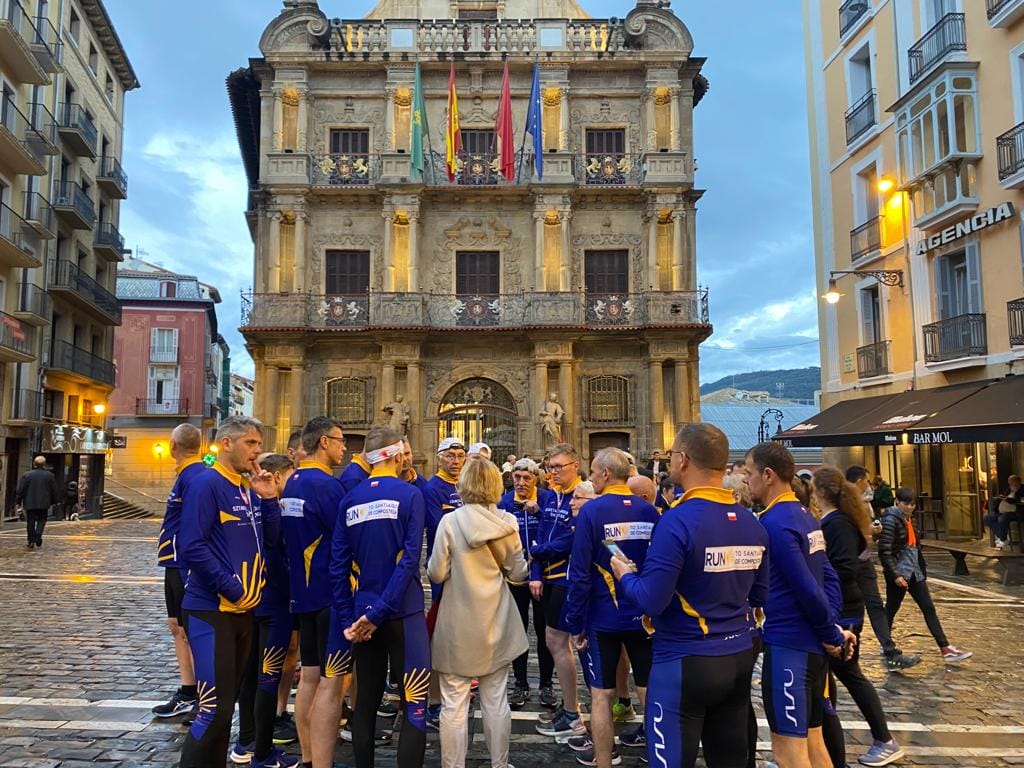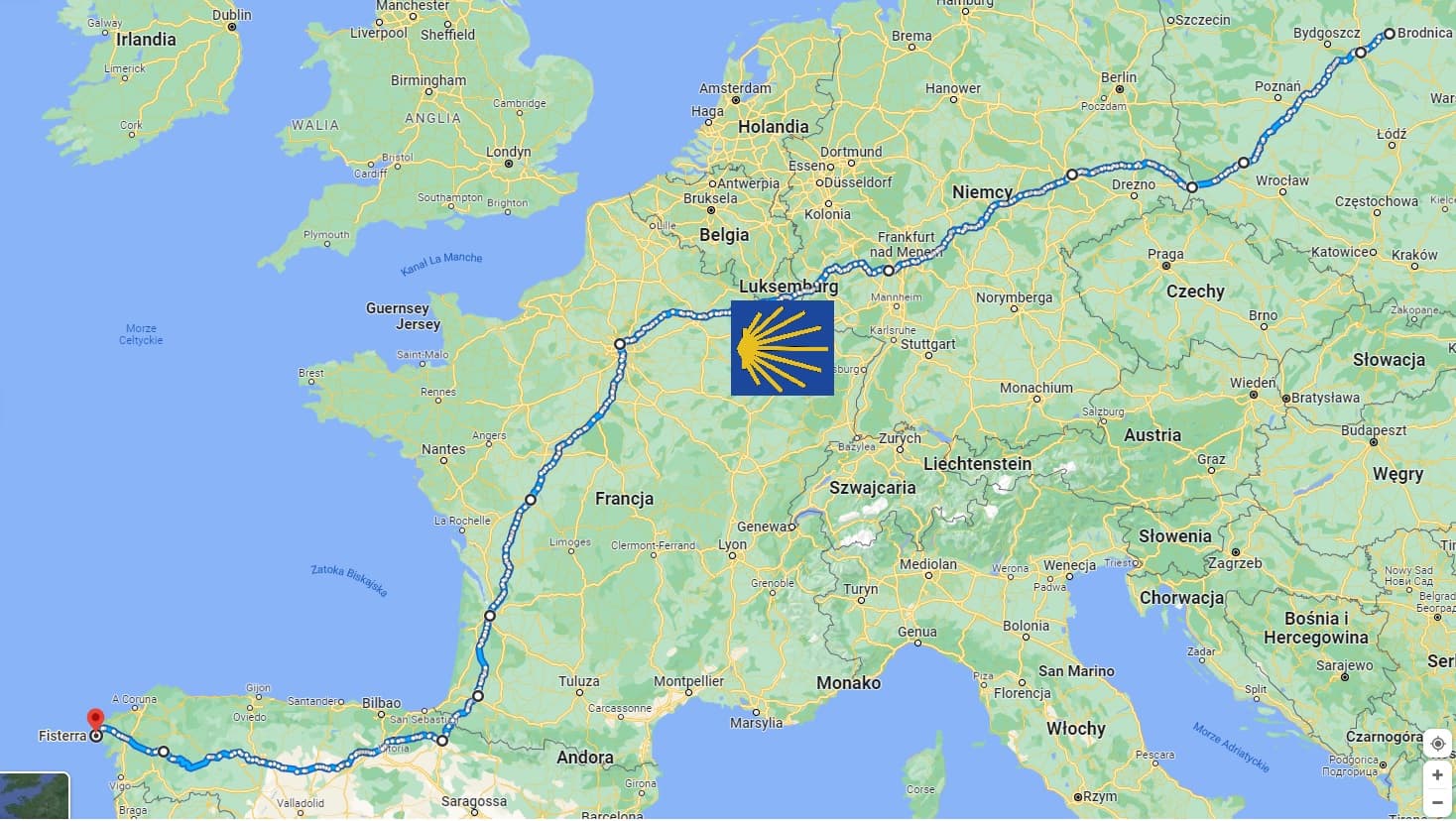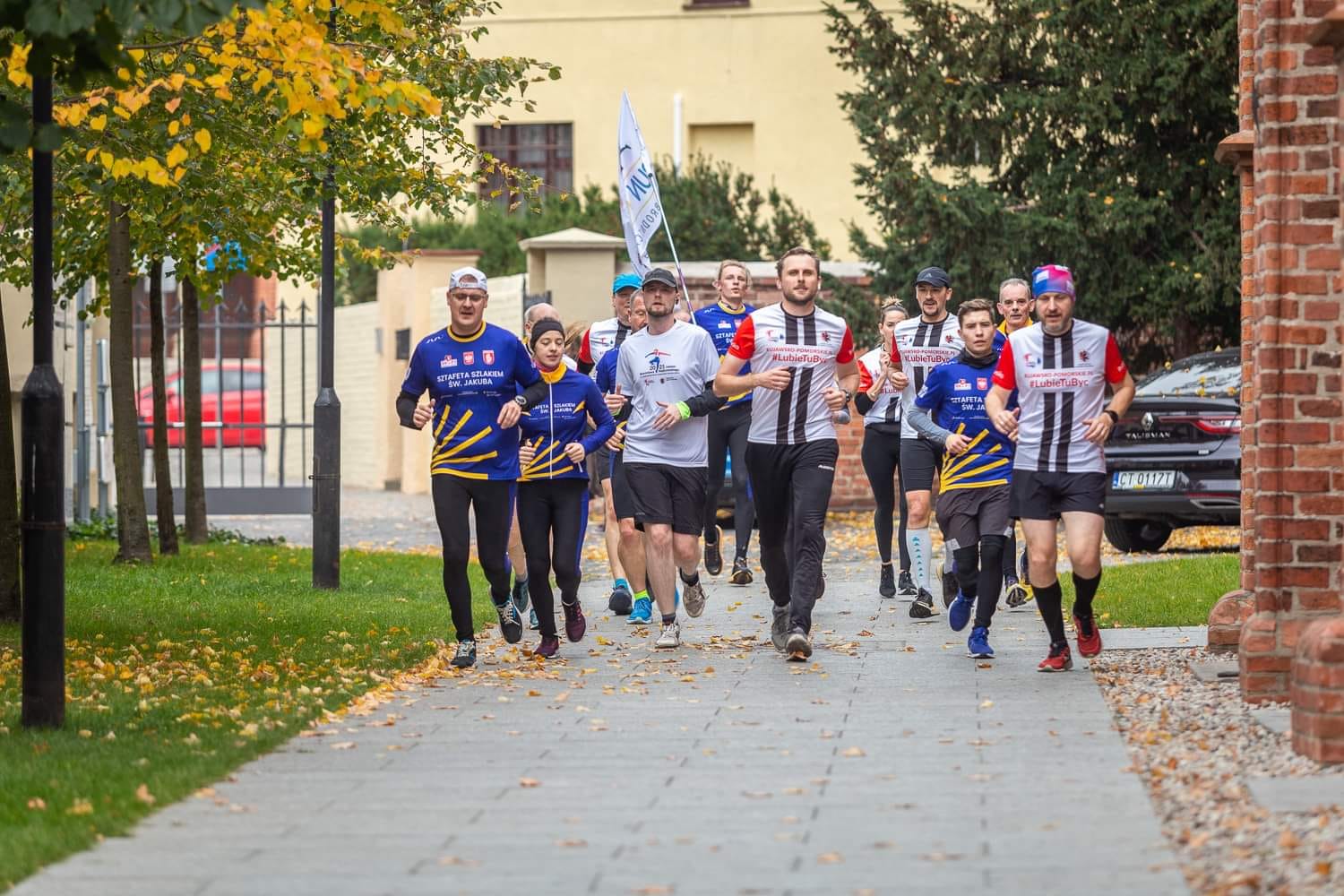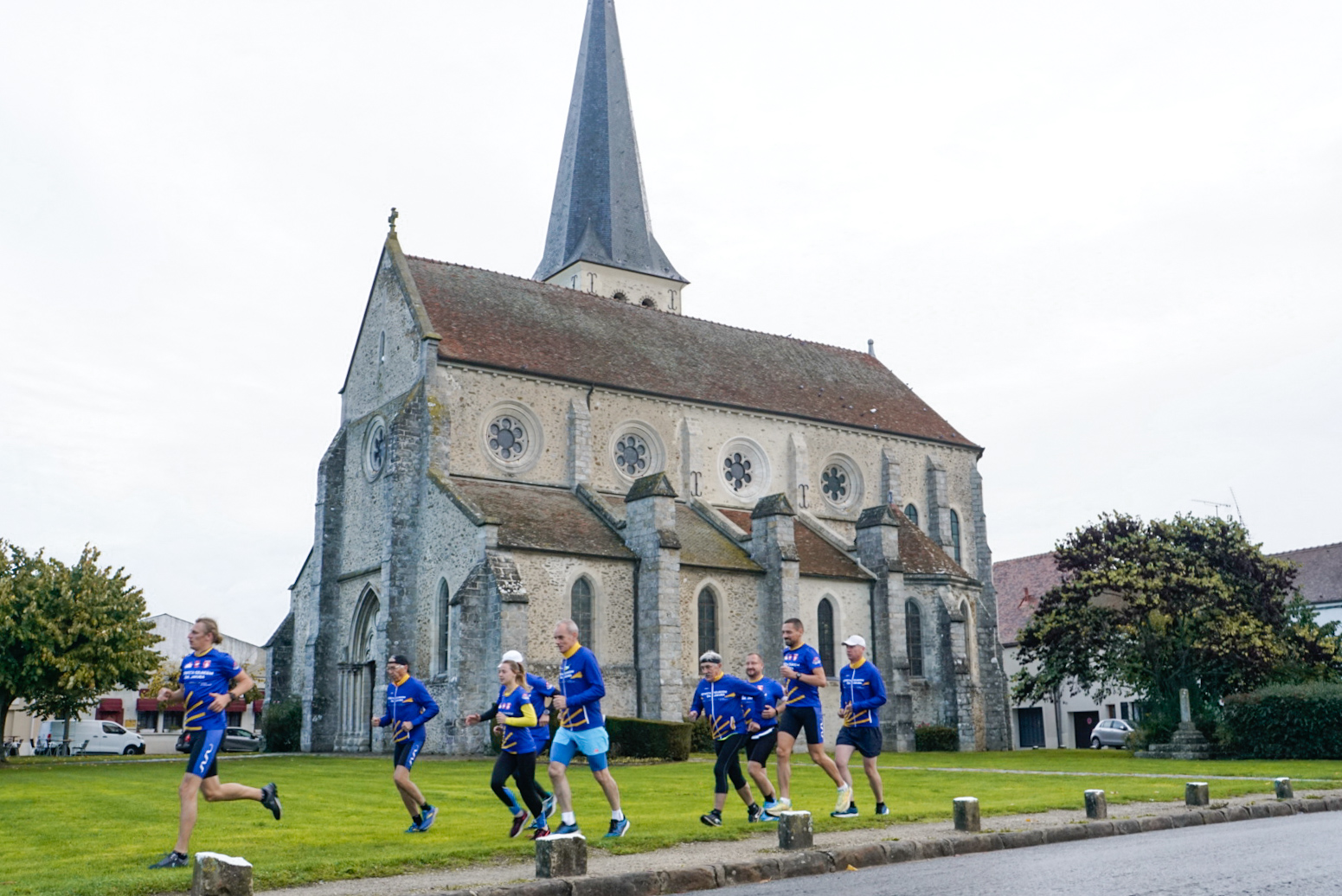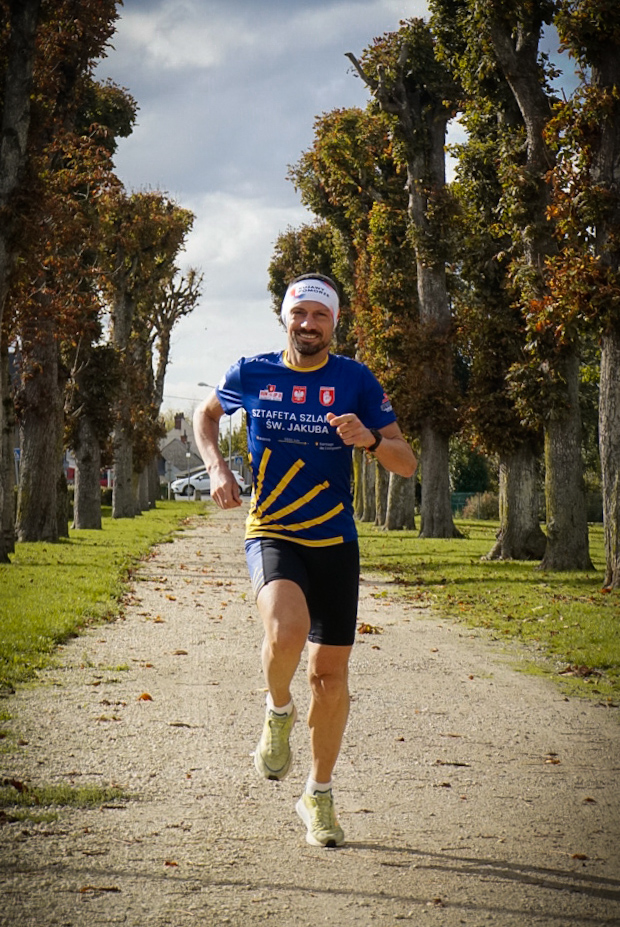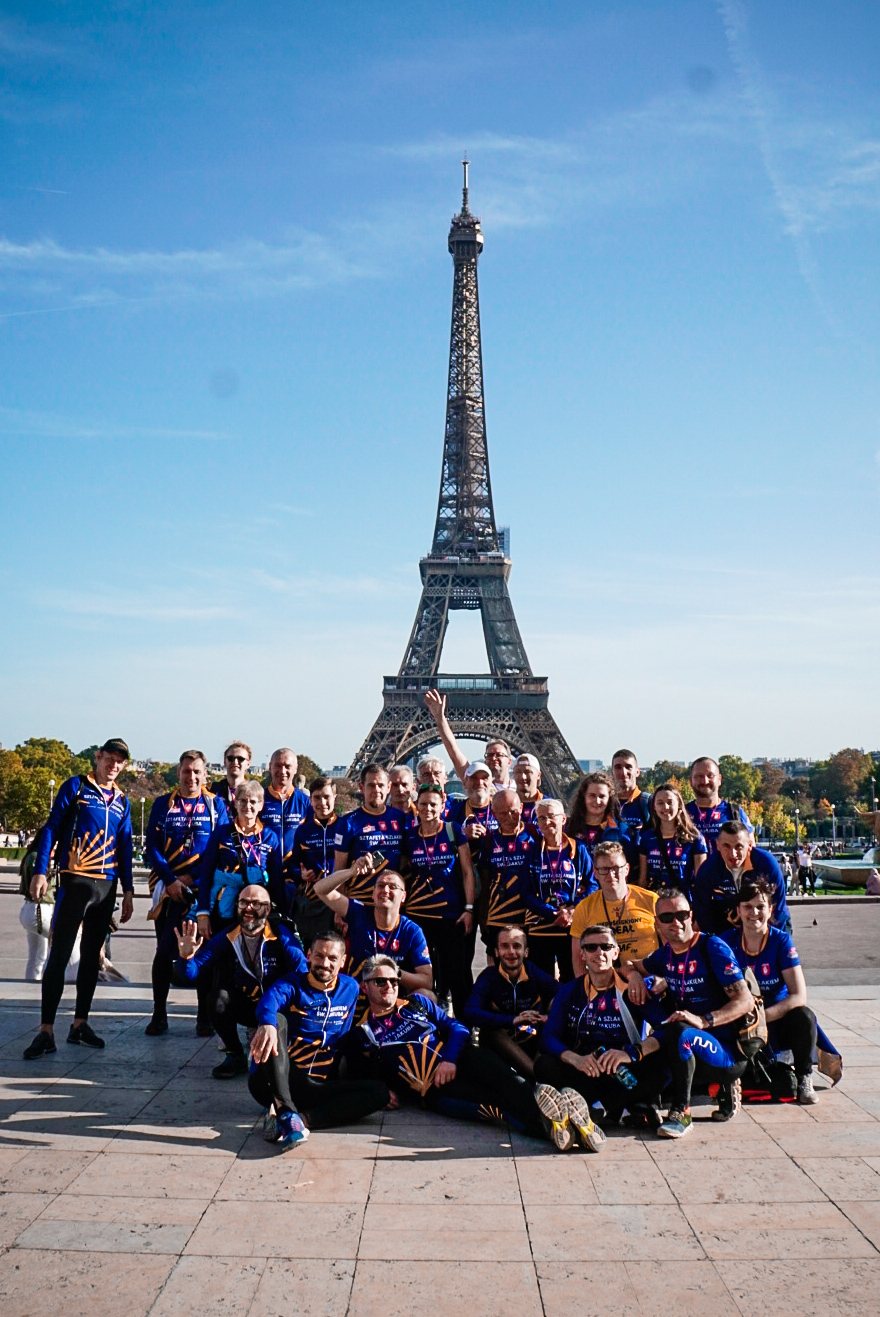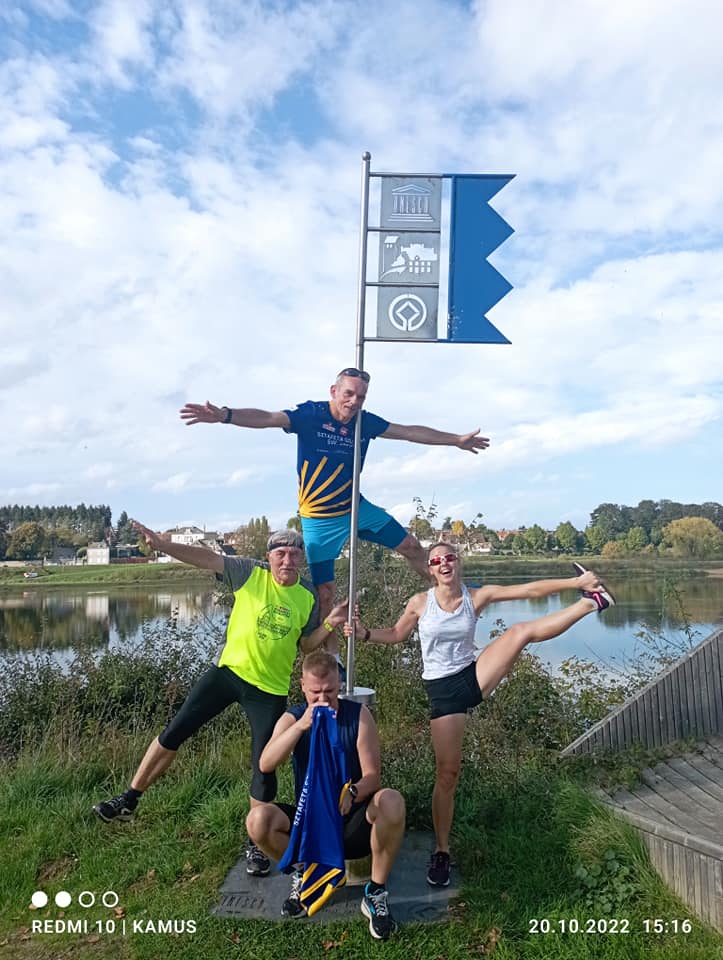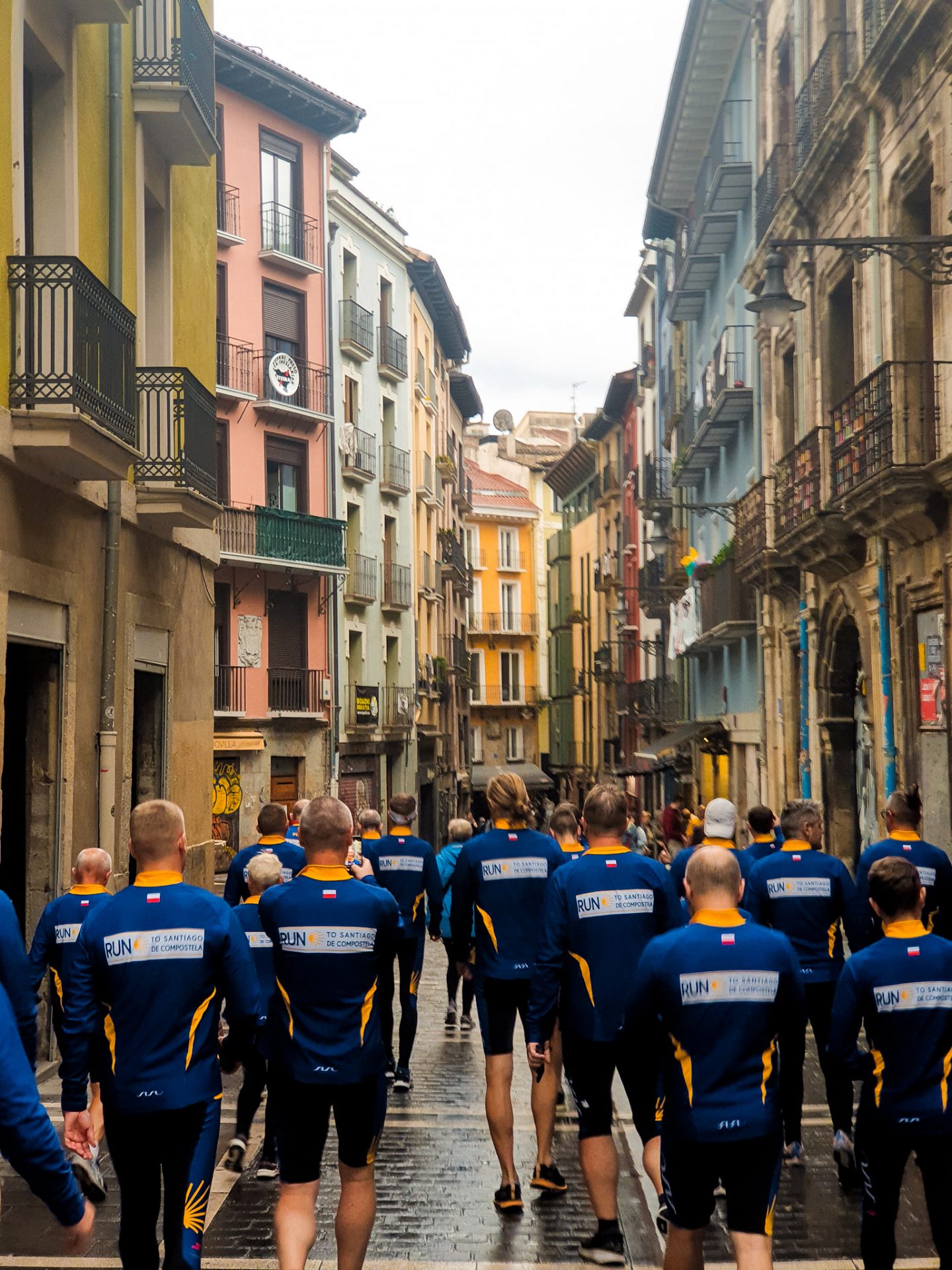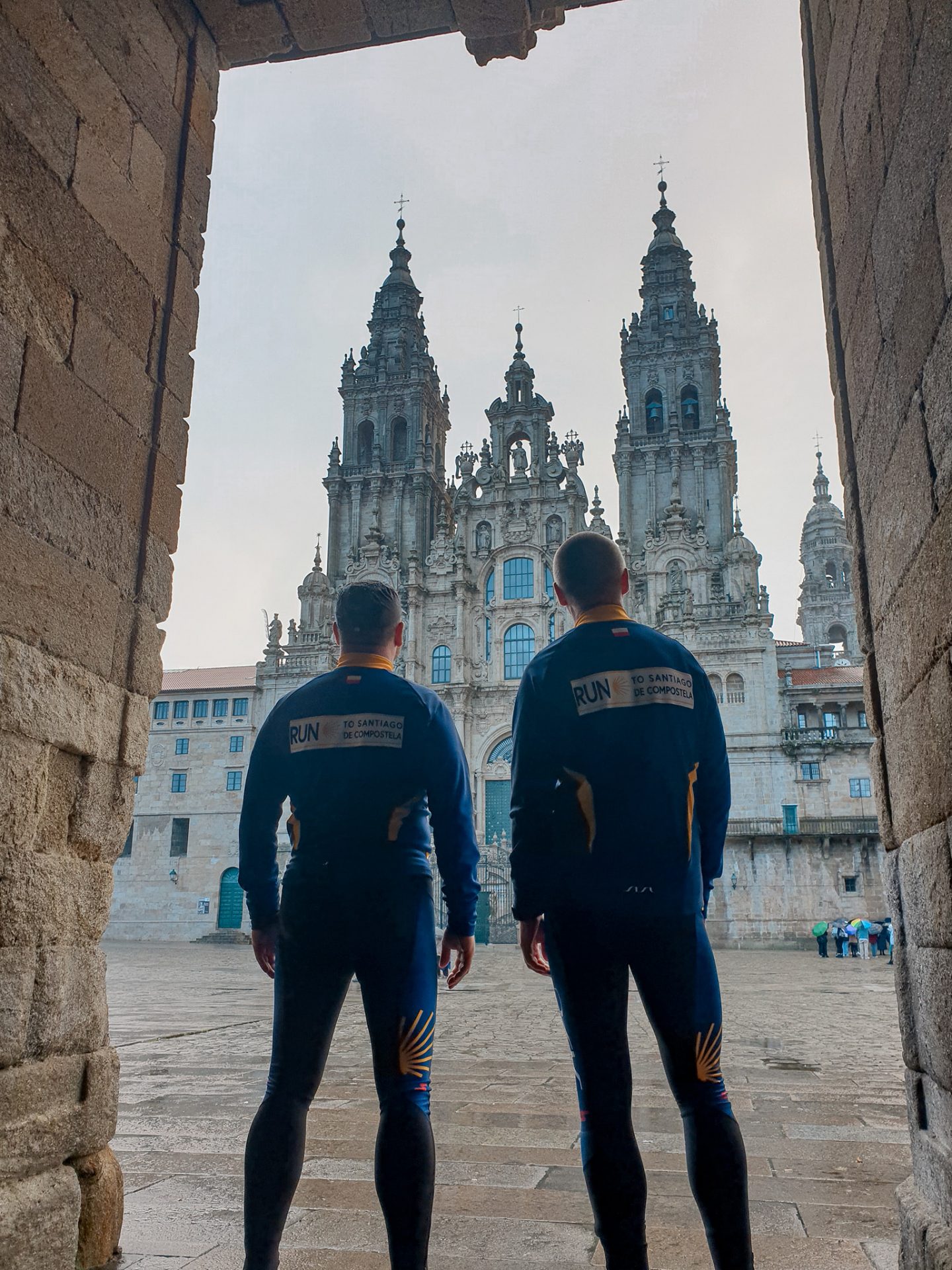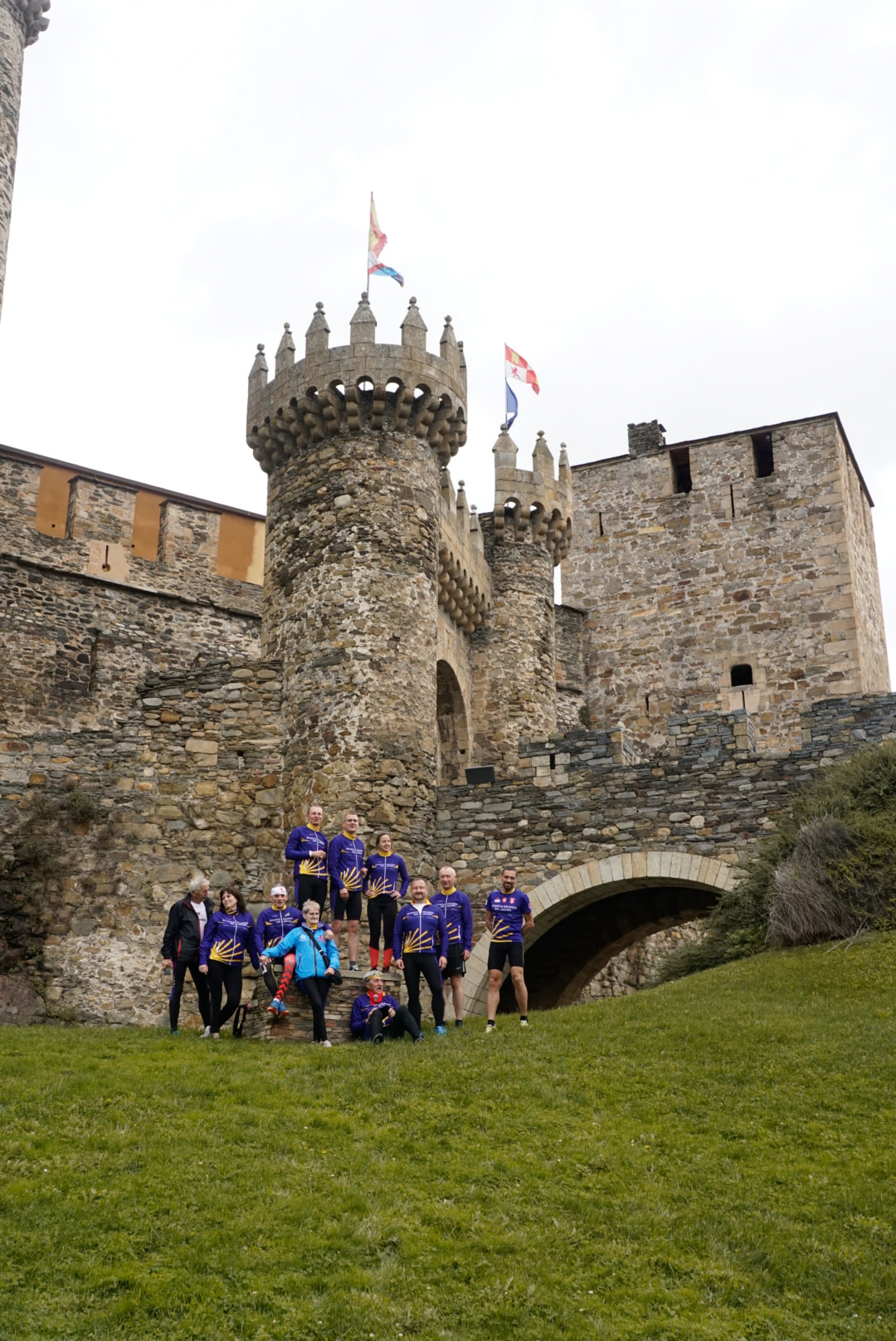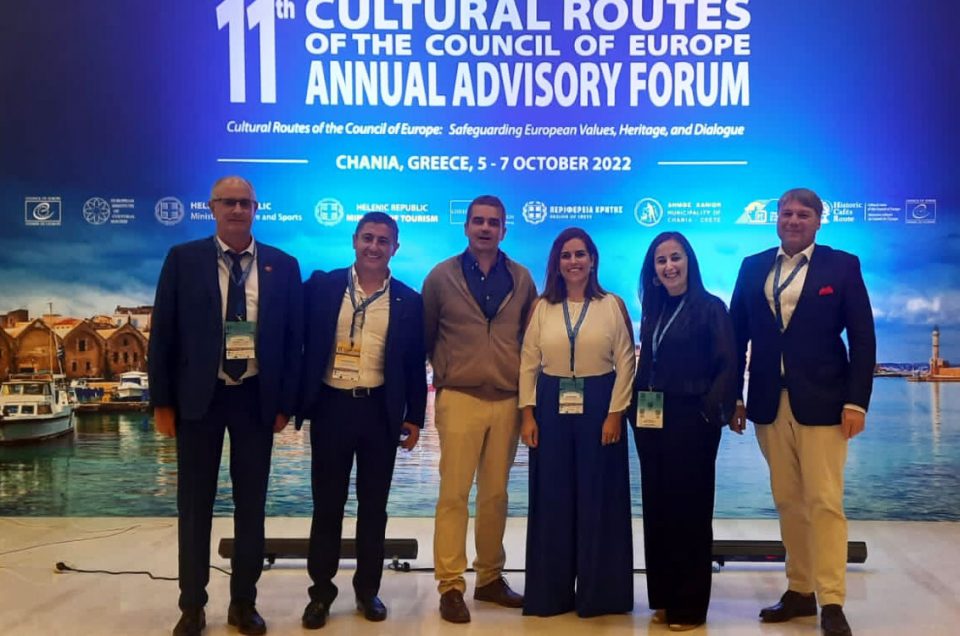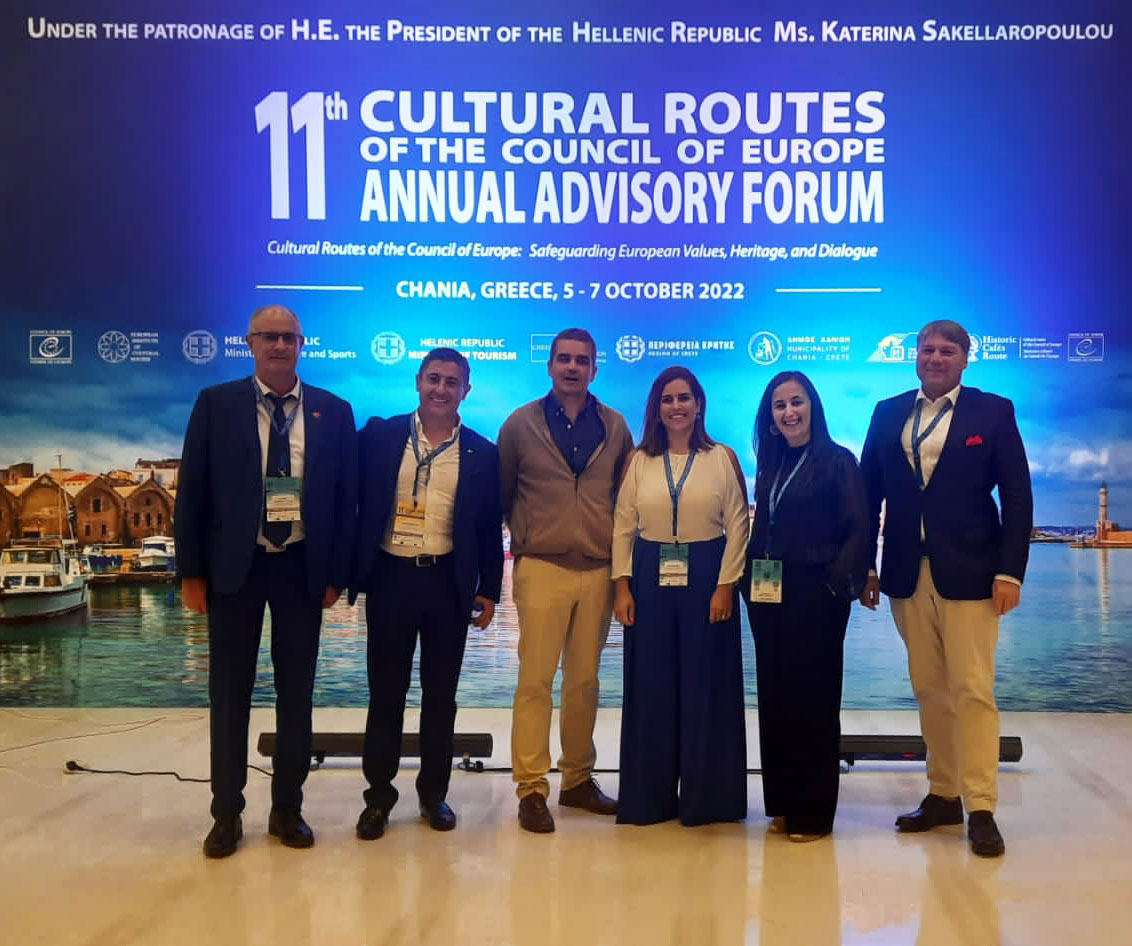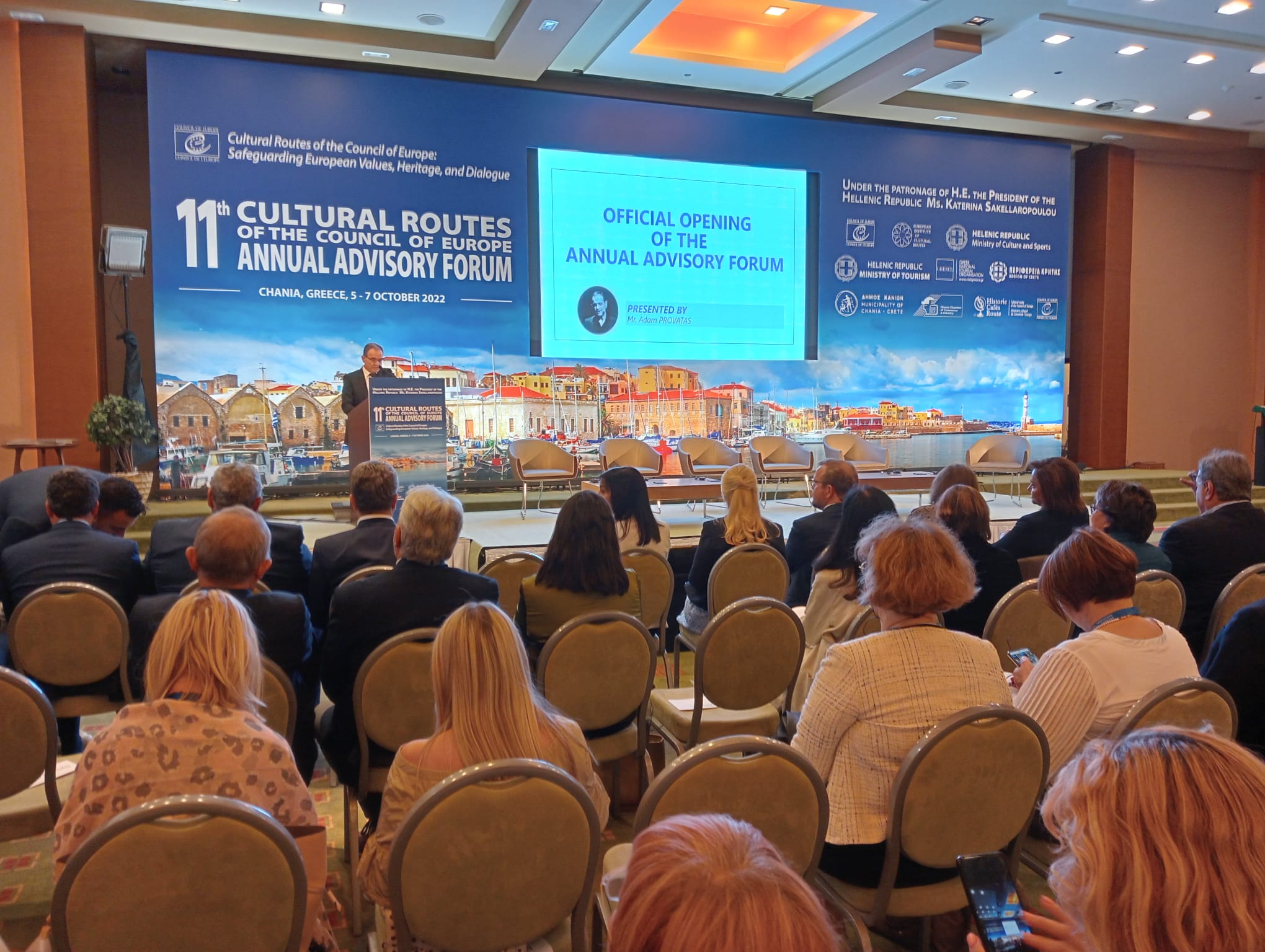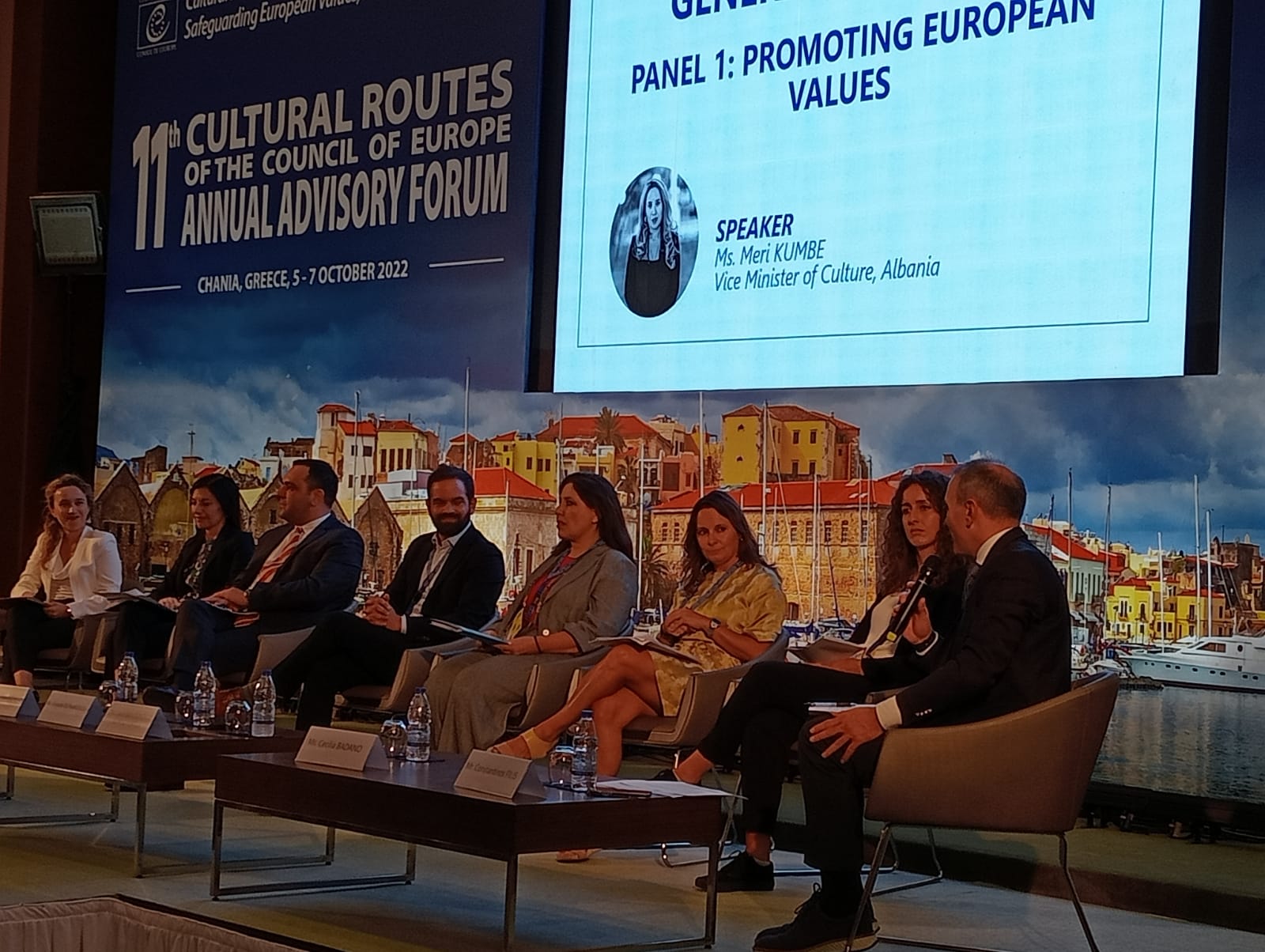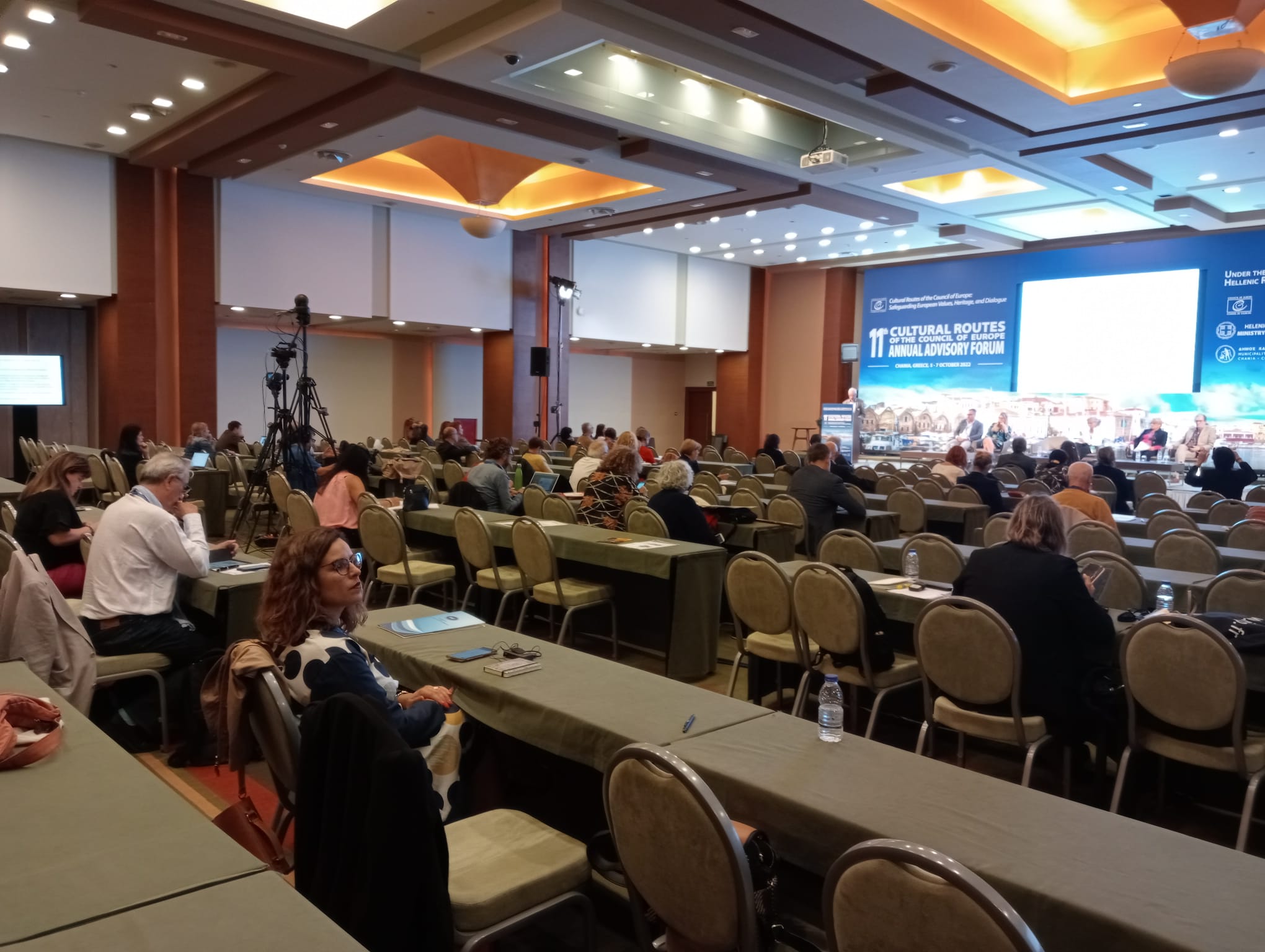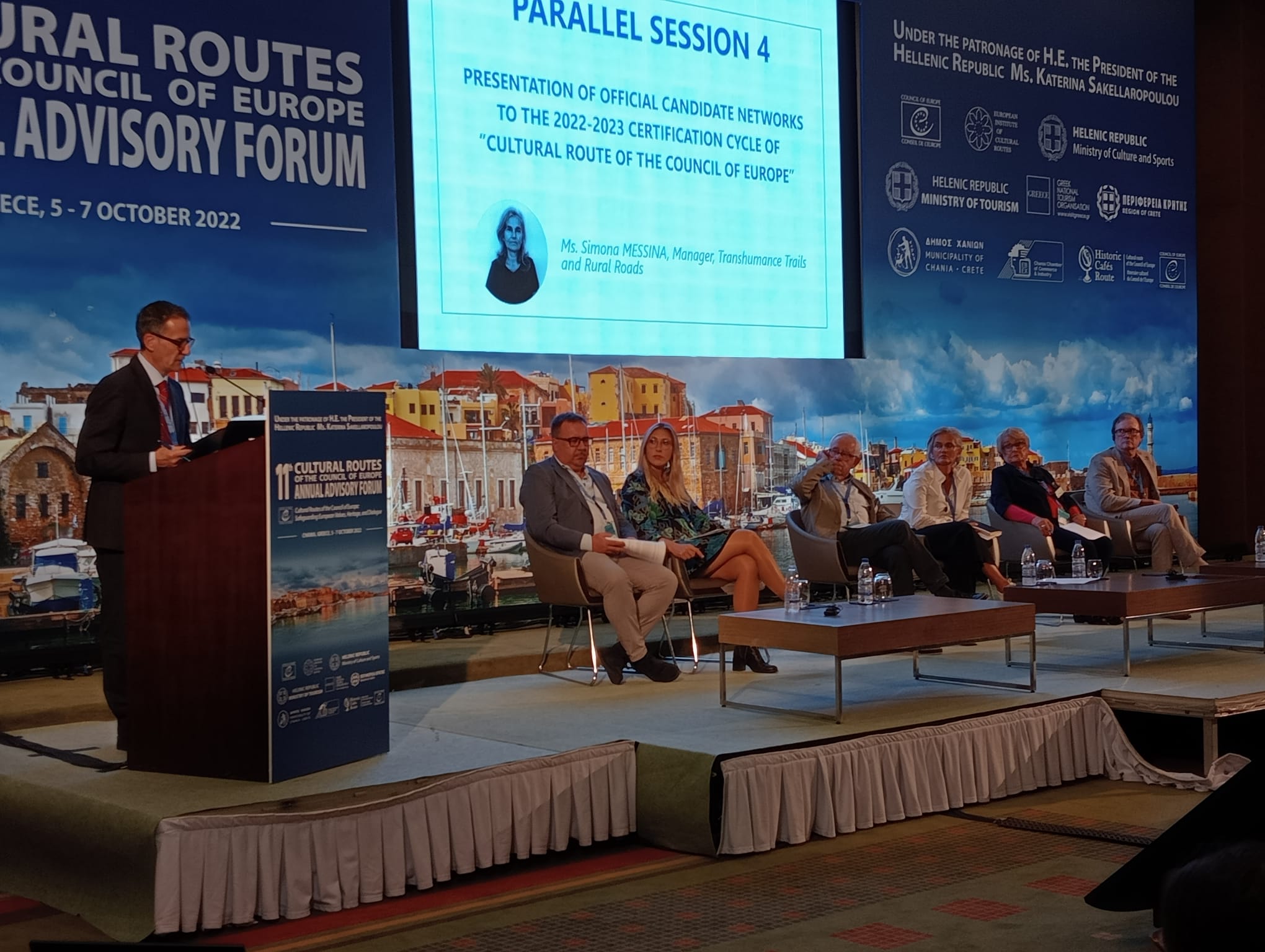The Cantabrian town of Potes hosted, on 29 and 30 June, the General Assembly of the European Federation of Saint James Way which, coinciding with the Lebaniego Jubilee Year 2023-2024, was hosted by the Fundación Camino Lebaniego.
With more than 23 representatives of the partner territories; Galicia, Asturias and Cantabria (Spain), Portugal, Poland, Lithuania, Belgium, France, the Netherlands and Ukraine, the assembly unanimously approved the accession of Ukraine as a new member, under exceptional conditions of exemption from the payment of its membership fee, due to the war context.
The Assembly also discussed the need for enlargement, agreeing to review its statutes and revise the accession requirements, in order to make it a more open body that can grow and represent different actors. The next Assembly, to be held before the end of the year, will be responsible for approving its revision, if necessary.
The Assembly was attended by the Director of the Fundación Camino Lebaniego, Manuel Bahíllo; the Mayor of Potes Town Council, Francisco Javier Gómez; the President of the European Federation of Saint James Way, Ildefonso de la Campa; the Tourism Director of the Xunta de Galicia and the Director of the Centro de Estudios Lebaniegos and President of Future for Religious Heritage (FRH), Pilar Gómez Bahamonde.
A cultural and cooperative agenda of European cultural itineraries
One of the proposals and roadmaps set out in the assembly of the European Federation of the Saint James Way was the creation of a network of international partnerships between public administrations and civil society associations, especially pilgrims’ associations.
In the framework of the Assembly, the forthcoming signing of the Memorandum of Understanding with the Via Francigena was also announced, aiming at collaboration with other classified routes, as recommended by the Council of Europe itself in the framework of certification.
This cooperation between routes should encourage the exchange of good practices, such as the promotion of local craft and gastronomic products, joint international promotion programmes for both routes and the incorporation of new technologies aimed at young people, among others.
The Federation is responsible for being the driving force behind interregional projects in Europe that promote the protection, development and promotion of the Way of St. James, from the administrations.
Another of the topics discussed at the Assembly was the process of renewal of the certification of the Way of St. James as a European Cultural Itinerary in 2023. Common activities dedicated to the promotion of pilgrimages to Santiago de Compostela and the tourist development of the routes were also discussed, with the aim of channelling own and external investments for its implementation in the period 2023-2025.
The Federation will hold its next General Assembly in September 2023 in the Polish city of Torun, which hosts the event after, during 2021-2022, years whose presidency was held by the region of Kujawsko-Pomorskie, the conditions were not given to hold the Assembly in Poland, first because of the pandemic context and then war.
In addition to its internal decision-making, the Assembly had the opportunity to address the issue of hospitality and the organisation of the network of hostels for pilgrims, with the presence of the Coordinator of the Associations of the Camino del Norte and the hotelier and priest Ernesto Bustio, providing examples from Cantabria, and the presentation of good practices by the Xunta de Galicia, Asturias and the Portuguese Federation of the Camino De Santiago.
During the meeting, the participants were able to get to know places of relevant importance in the Camino De Santiago and religious tourism, among which the Torre del Infantado and the Monastery of Santo Toribio stand out.
